Introduction
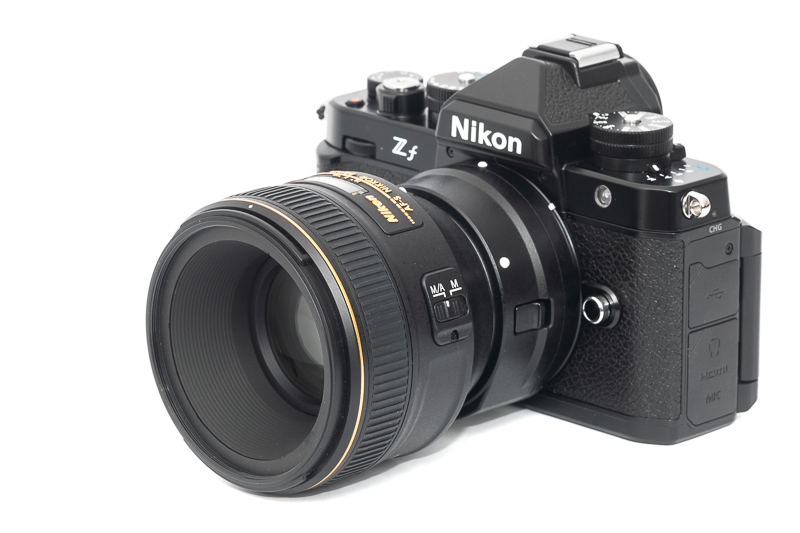
The Nikon AF-S 58mm 1.4G is a lens disregarded by many for its high price and subpar test results, yet some love it for its rendering qualities and claim it is the best lens in this focal length range for portraiture. Therefore I have always been intrigued by this lens and thanks to a reader I now got the chance to have a closer look at it and present you this review to find out if it is actually better than its reputation.
Update 2024: general update of the whole review
Update 2025: CA section reworked, additional sample pictures added
Sample Images

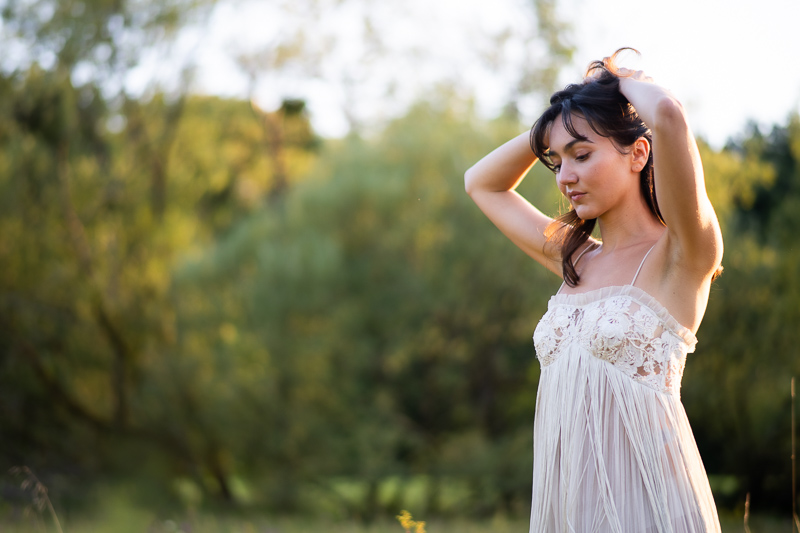
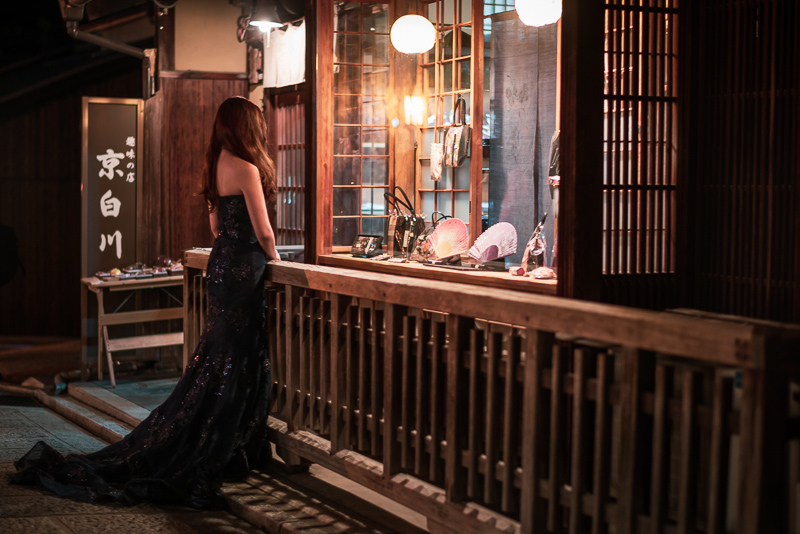
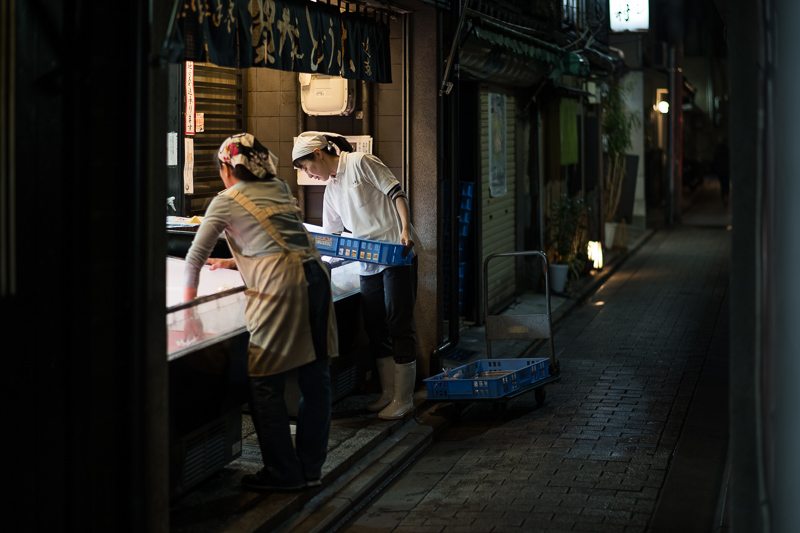



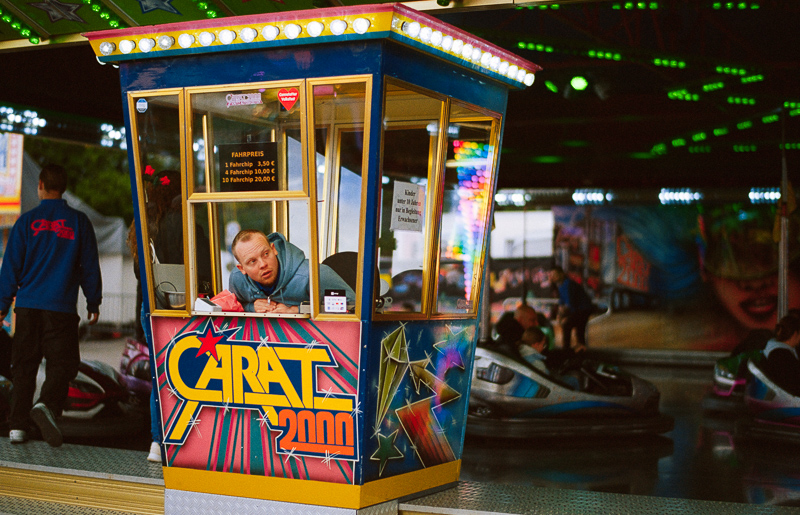
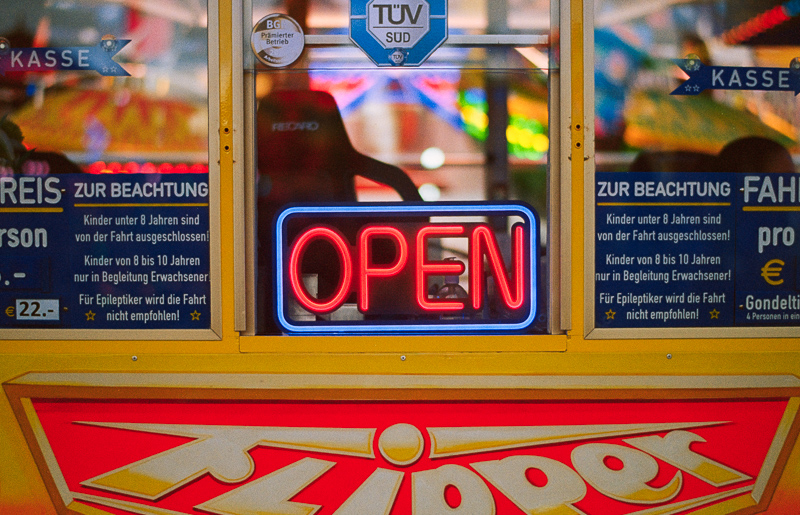
Most of the sample images in this review can be found in full resolution here.
Contents
Specifications / Version History
This Nikon AF-S 58mm 1.4G was introduced in 2013 and marketed as a successor to the legendary manual focus Noct-Nikkor 58mm 1.2 Noct. Interestingly though there is no “Noct” trademark to be found on this lens though.
-
- Diameter: 85 mm
- Field of view: 40.8° (diagonally)
- Length: 71 mm
- Weight: 385g (without hood and caps)
- Filter Diameter: 72 mm
- Number of Aperture Blades: 9 (rounded)
- Elements/Groups: 9/6
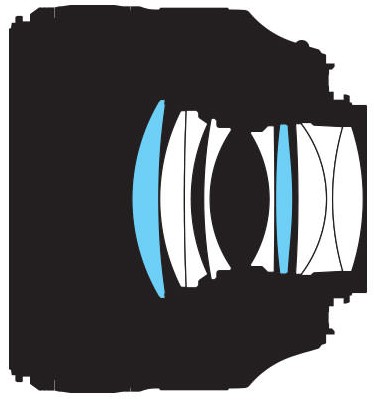
- Close Focusing Distance: 0.58 m
- Maximum Magnification: 1:7.7
- Mount: Nikon-F (G-type lens without aperture ring)
buy from Amazon.com | Amazon.de | B&H | ebay.com | ebay.de (affiliate links) for $1.599 (new) or $900 (used)
Disclosure
This lens was kindly provided by a reader for reviewing purpose for a duration of 4 weeks in 2019. When this lens became more affordable in 2024 I bought one for myself.
Handling / Build Quality

The price puts the AF-S 58mm 1.4G in Nikon’s higher end f/1.4 line up together with the 24mm 1.4G, 28mm 1.4E, 35mm 1.4G, 85mm 1.4G and 105mm 1.4E. In the past I owned and used the 24mm 1.4G and the 85mm 1.4G and I think the build quality of this 58mm is a bit below those, but it might also feel that way because there is a lot more glass in those lenses.
Frankly, except for the gold ring and the nano coating, I only see very little difference in this regard to the 100 bucks Nikon AF-S 50mm 1.8G. The outer casing seems to be mostly made from high quality polycarbonate which is also true for the filter thread and there is a rubber gasket to be found at the bayonet. Furthermore the front element is recessed by more than 2 cm (at minimum focus distance, more at infinity) and one has to wonder whether the lens really needed to be this big.

But let’s get a bit more into detail: the focus ring features a mechanical coupling to the helicoid (no focus by wire) and it takes about 60° from the minimum focus distance (0.58 m) to infinity.
The resistance is merely okay, not as nice as a real manual lens or some of Sigma’s better lenses.
Many Nikon G-lenses show some slack when changing the direction of rotation on the focus ring, luckily this is almost unnoticeable here and the lens can be focused more precisely.
On the Nikon Z cameras this lens works flawlessly via the FTZ (II) adapters. Since 2024 also actually working AF adapters are available for adapting Nikon F-mount lenses to Sony E-mount cameras. Have a look at my review of these Monster LA-FE1/2 adapters!
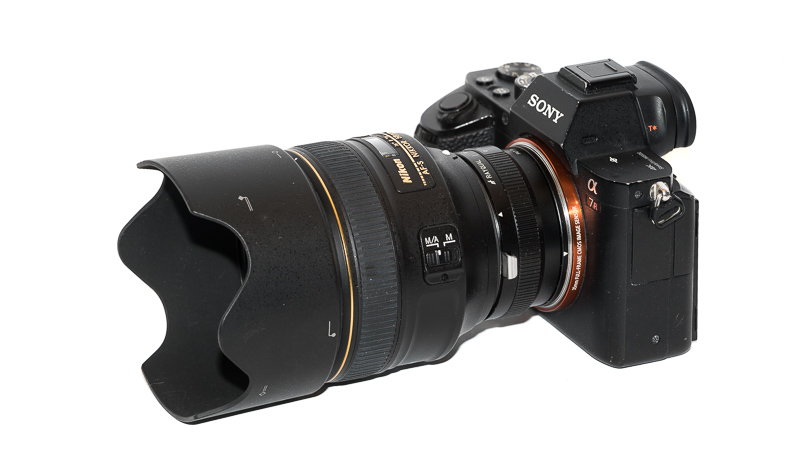
A pretty bulky plasticky bayonet-style lens hood is also part of the package, it can be mounted reversed for transport.
Vignetting
light falloff
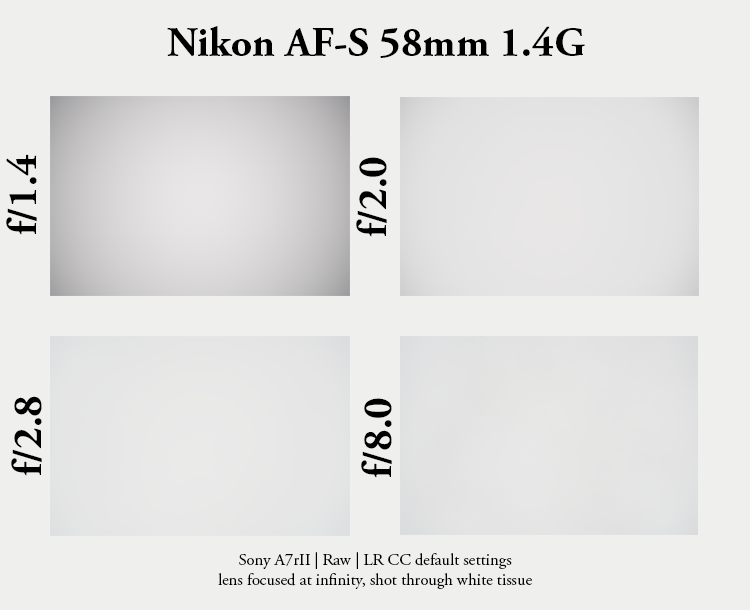
Wide open the light falloff amounts to roughly 1.9 EV, stopped down to f/2.0 this improves to only 0.8 EV, stopped down to f/2.8 it is already negligible with 0.4 EV. There is no measurable improvement on stopping down further.
The performance here is pretty good and might be the best of any f/1.4 lens that I have reviewed so far. You can either correct this in Lightroom or directly in camera. There is a Lightroom profile available for this lens but you have to pick it manually.
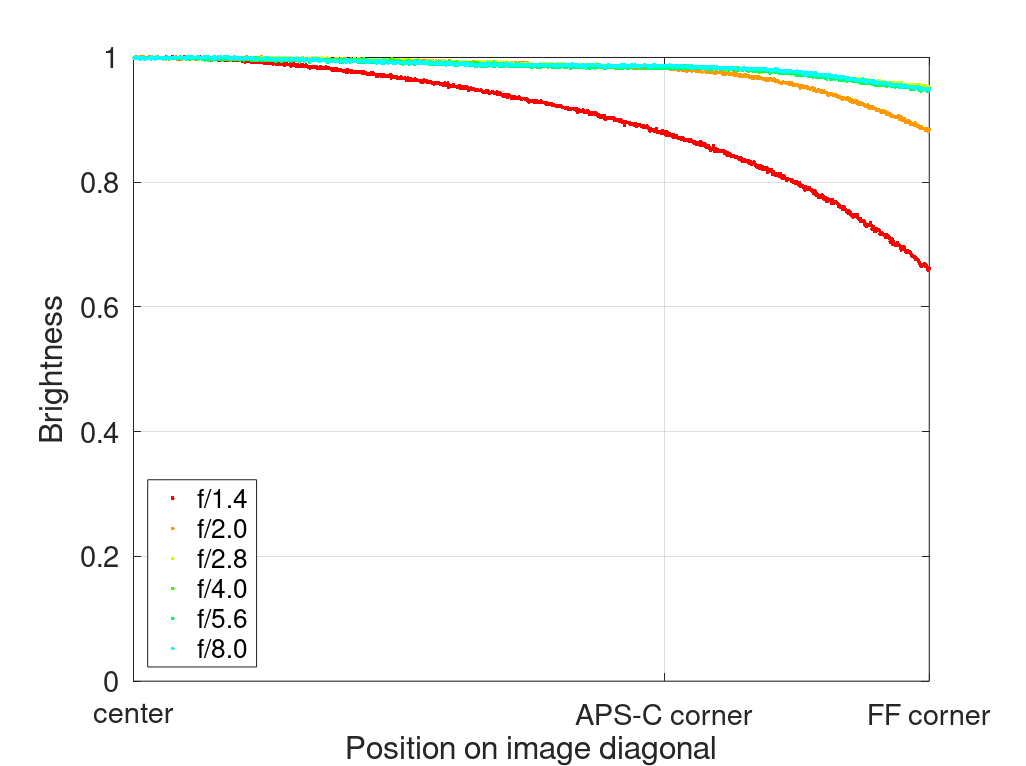
It is recommended to have a look at this article first to get an idea how this brightness graph works.
optical vignetting
Fast lenses usually show a noticeable amount of optical vignetting. Without going too much into technical details optical vignetting leads to the truncation of light circles towards the borders of the frame.
In the center of the frame almost every lens will render a perfect circle, but only lenses with very low optical vignetting will keep this shape in the corners.
So in the following comparison we move from the center (left) to the extreme corner (right) and see how the shape of the light circle changes.
I consider this performance average for a lens with these parameters for a mirrorless design, but for the narrow F-mount it is actually quite good. It is similar to what we get with lenses like the Zhong Yi Mitakon 50mm 0.95 II and III or the Sigma 40mm 1.4 Art.
Sharpness
Focus shift
50% crops, A7rII
When stopping down the plane of optimal focus slightly shifts to the back, so you have to focus a bit closer for best performance. I recommend focusing at working aperture with this lens to get best results.
infinity
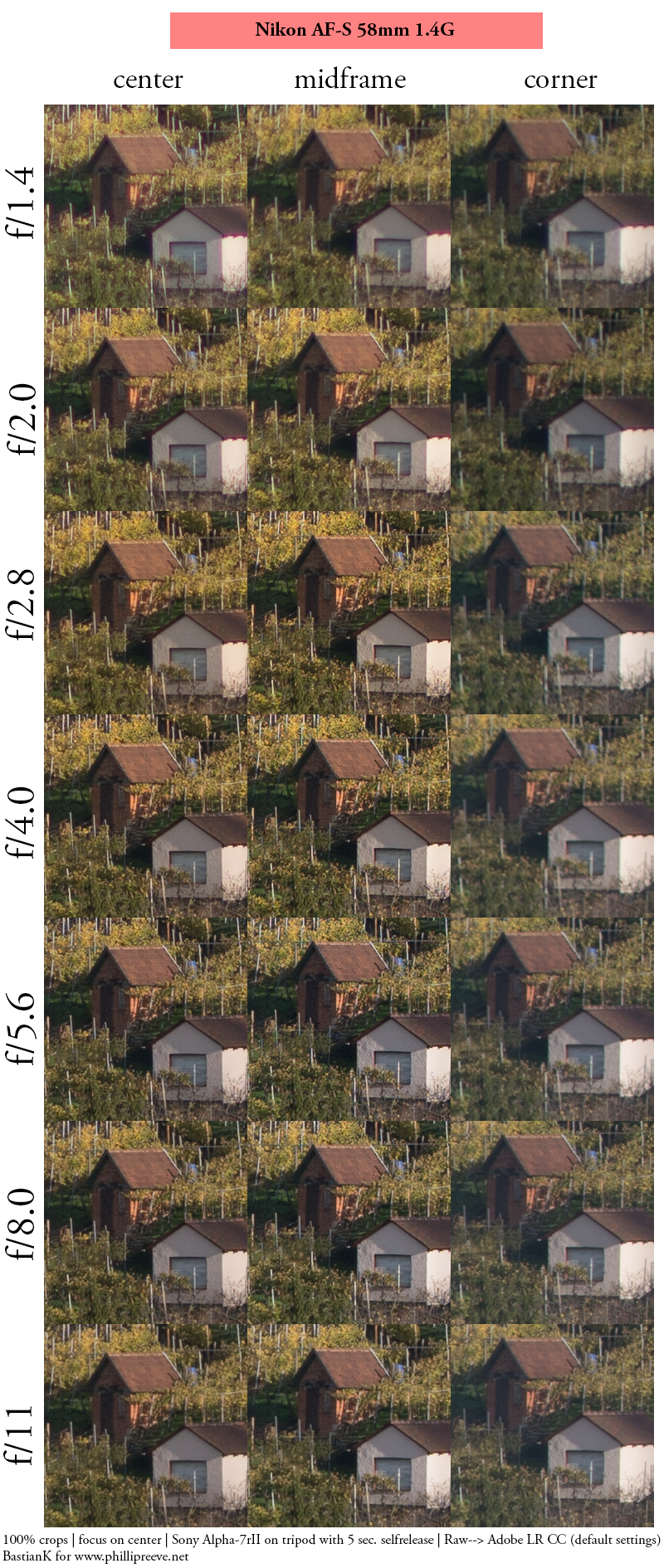
In the center the resolution at infinity is okay at f/1.4, but we can see quite a bit of glow (spherical aberration) and also purple fringing. The midframe is a bit softer and ther corners even more so, but depending on the subject may still be usable.
Center and midframe improve significantly on stopping down to f/2.0 and show even fine detail from f/2.8 onwards.
The corners are always less contrasty which is also reflected in the lens’ mtf graphs and furthermore suffer a bit due to field curvature.
As you can see in the corresponding section the lens also exhibits a slight focus shift which I did not adjust for in the graph above. This is probably the reason for the midframe looking slightly better at f/2.8 than the center.
Best use the lens at working aperture, especially between f/2.0 and f/4.0.
Stopped down the lens is certainly more than usable for infinity shooting, but this is not exactly what it was designed for.
portrait distance (1.6 m)
For portraiture it isn’t so important how flat the field is, it is more interesting to see what the sharpness is like when focused at different parts of the frame to take field curvature out of the equasion.
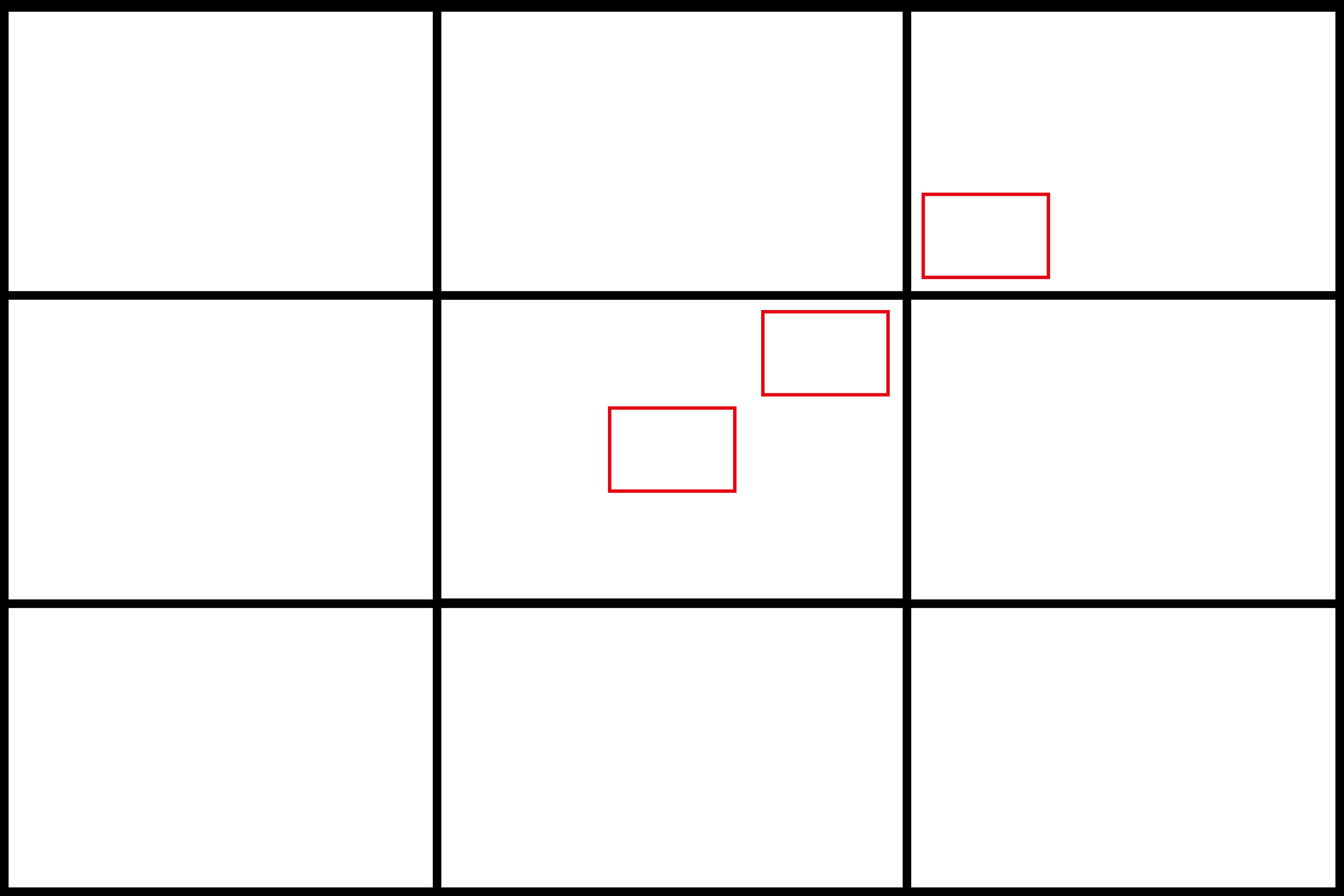
This is what I did here, I refocused for every shot and aperture to get the best possible result at different locations in the frame (center, inner midframe and outer midframe).
Focus distance was roughly 1.6 m and the circle of the dollar bill is more or less the size of a human eye.
100% crops, A7rII
As we already know: at the maximum aperture there is a significant amount of spherical aberration. If you move away from the center you will also see the effects of other optical aberrations like astigmatism and coma.
The situation improves greatly on stopping down to f/2.0, so if you want a higher amount of details in your shots at these distances it might be a good idea to stop the lens down a bit.
By stopping down to f/2.8 you will get high resolution and contrast wherever you focus in the frame.
If you are using a camera with a lower megapixel count and/or you don’t intend to print very large this should be less of an issue in the field though.
close (0.58 m, 1:7.7)
100% crops from center, A7rII, because of focus shift (see corresponding section) I refocused for every shot.
Similar to many other (especially fast) lenses without a floating elements design the performance wide open at the minimum focus distance ain’t that great (unless you are after a dreamy look).
Stopping down to just f/2.0 improves the performance significantly and by f/2.8 you get very contrasty images with high resolution at the minimum focus distance.
Flare resistance
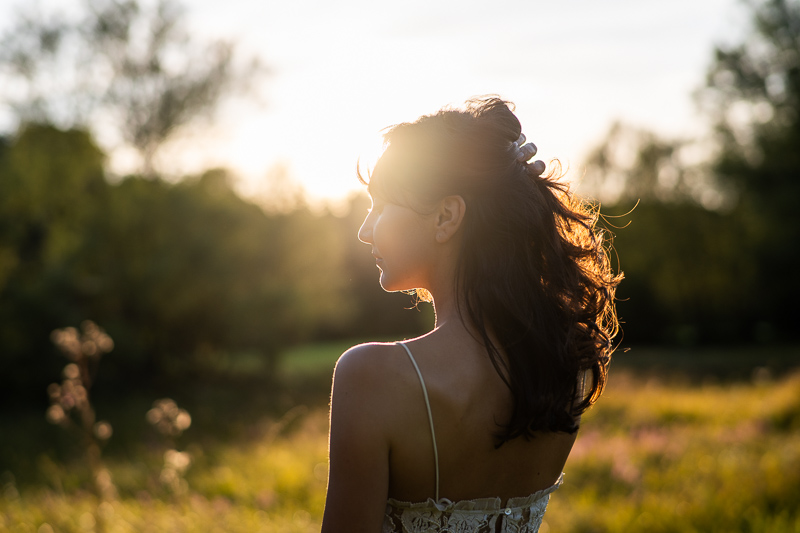
Nikon’s Nano coating is pretty good at surpressing ghosts and keeping a decent amout of contrast in the pictures even if there are strong light sources in the frame. Indeed I found it hard to provoke ghosting with this lens, but veiling flare is another issue:
This is one of the lenses where using the lens hood actually makes a difference, as it is somewhat prone to show veiling flare with the sun outside the frame – despite the deeply recessed front element.
As I find the lens hood to bulky to carry I was usually using my hand to shade the lens which also worked okay.
Adapters can have a noticeable influence on the flare resistance of a lens, therefore you might get different results on a Nikon DSLR or when using a different adapter.
Coma
At the time of its release in 1977, the original Noct-Nikkor 58mm 1.2 had been advertised as a lens with above than average coma correction and in fact it easily surpassed other fast 50-58mm lenses of its time thanks to its hand-ground aspherical element.
When this 58mm 1.4G hit the market in 2013 its coma correction at wider apertures was already subpar.
Between f/1.4 and f/2.0 there is strong coma. Stopping down to f/2.8 improves the performance significantly and by f/4.0 it starts to look good.
Also note that I focused on the corners for these shots, if you focus on the center the corners will look slightly worse.
In the end not a lens I would recommend for astrophotography at apertures wider than f/2.8 or better f/4.0.
100% crops from extreme corner, focused on corner, A7rII
Distortion
100% crops from corner, A7rII
The Nikon AF-S 58mm 1.4G shows a bit of barrel distortion. It is not excessive, but we have seen many lenses in this focal length range with less distortion. Nevertheless this is easily corrected in e.g. Lightroom.
Bokeh
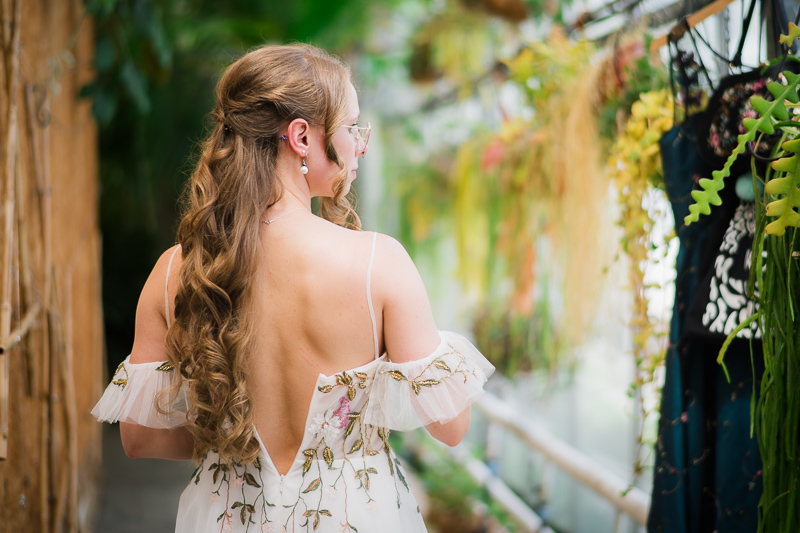
Only few ~50mm lenses feature a smooth bokeh rendering, but this is one of those that actually do. As we have seen in the sharpness and coma sections there is undercorrected spherical aberration at wider apertures to be found here, which usually leads to a smoother bokeh rendering.
Close distance
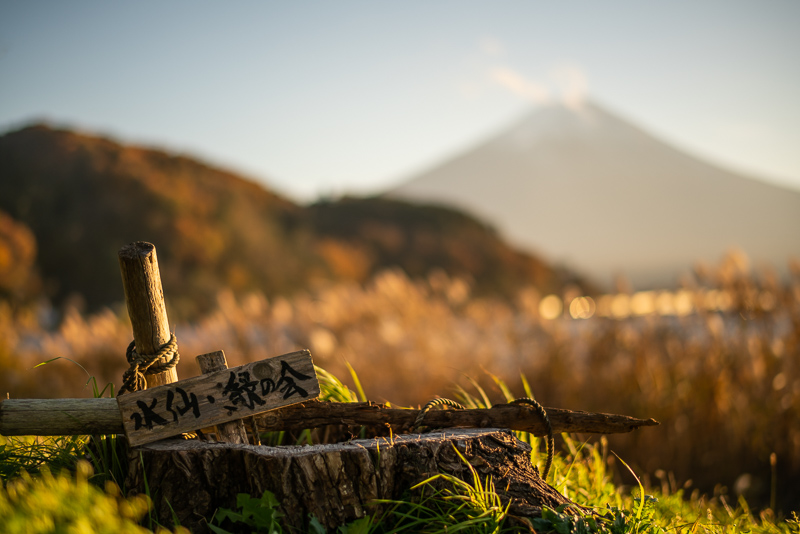
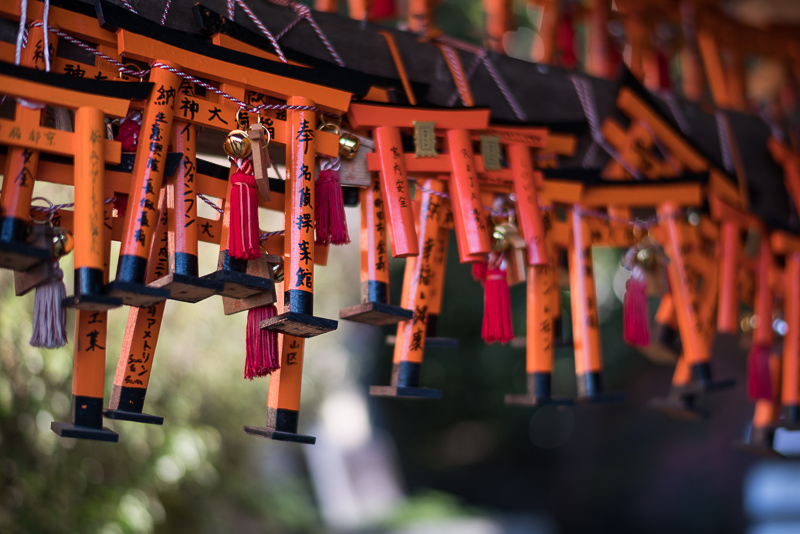
Mid distance
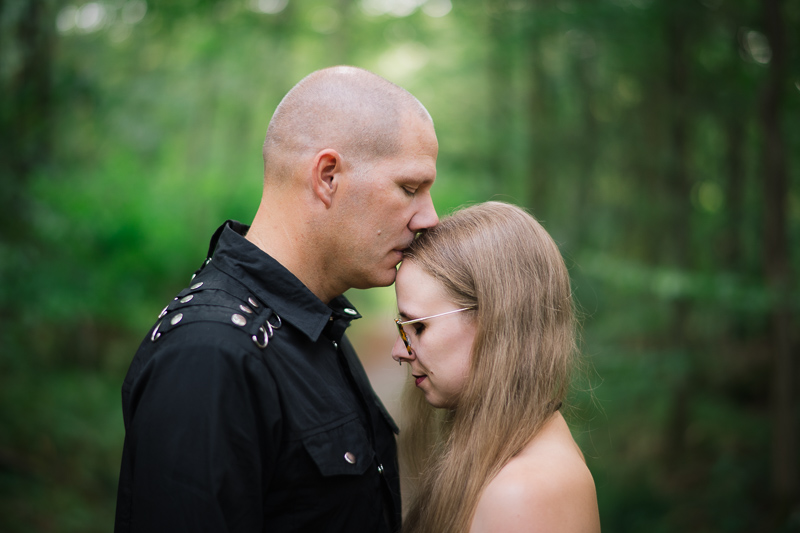
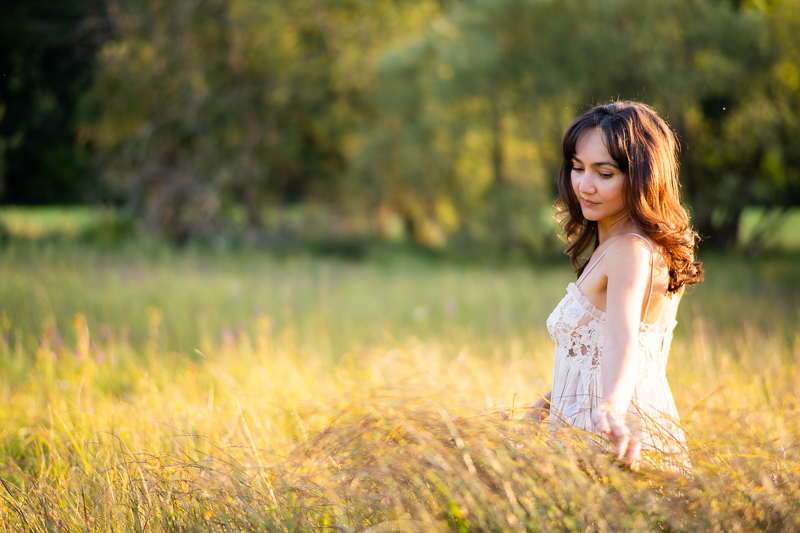
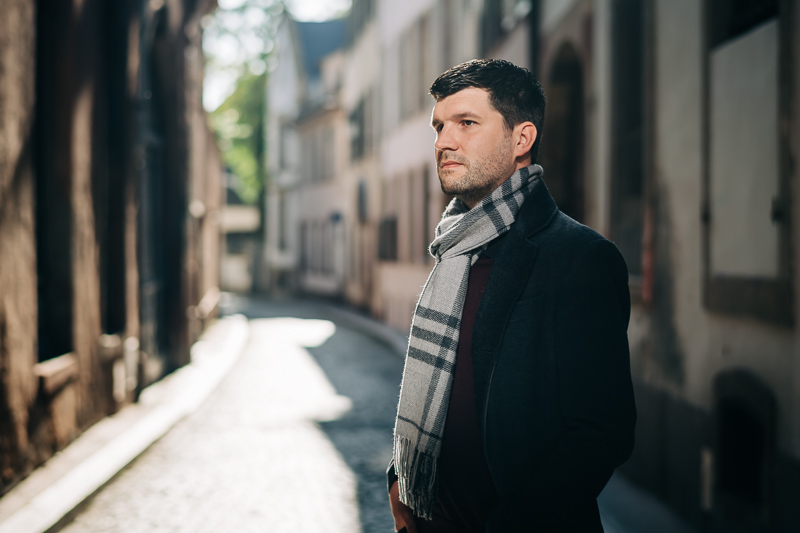
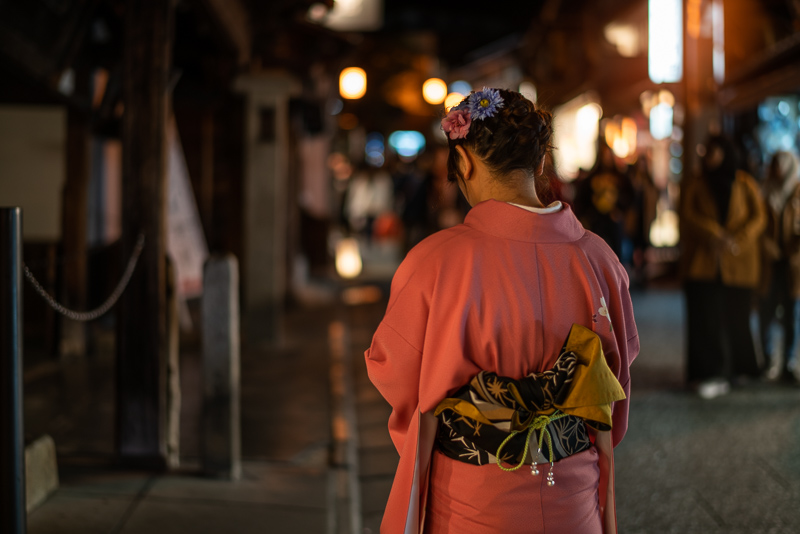
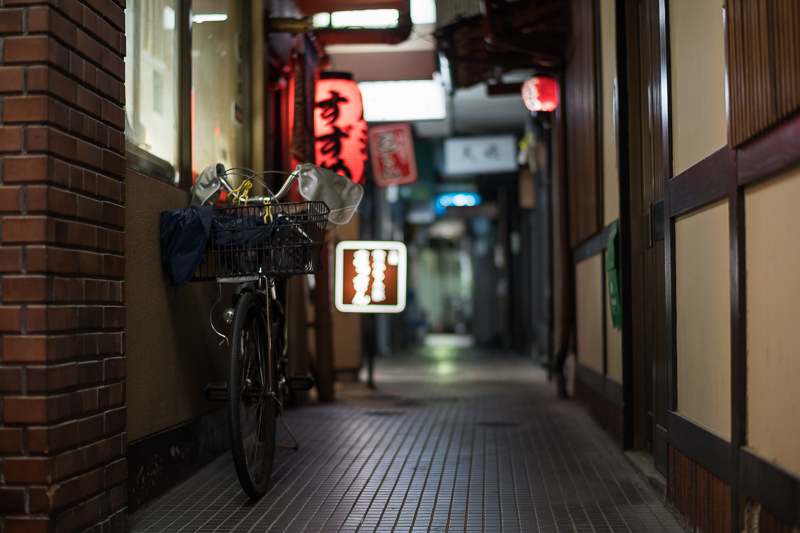
Long distance
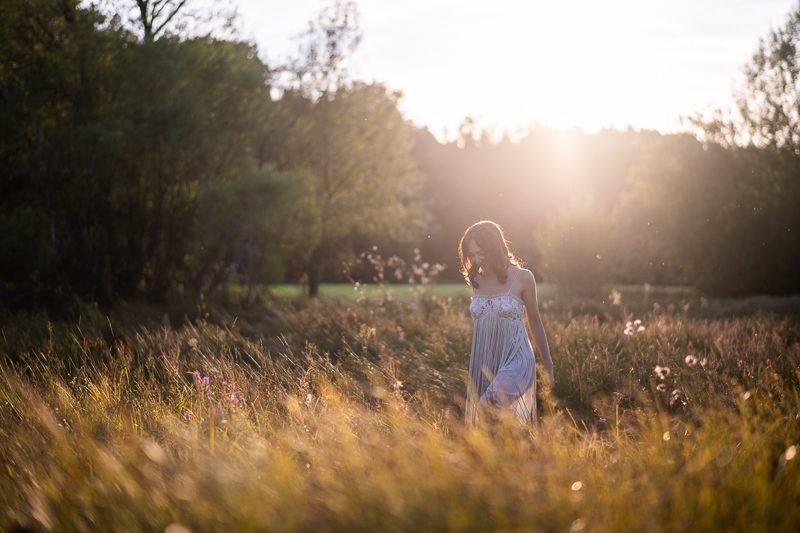

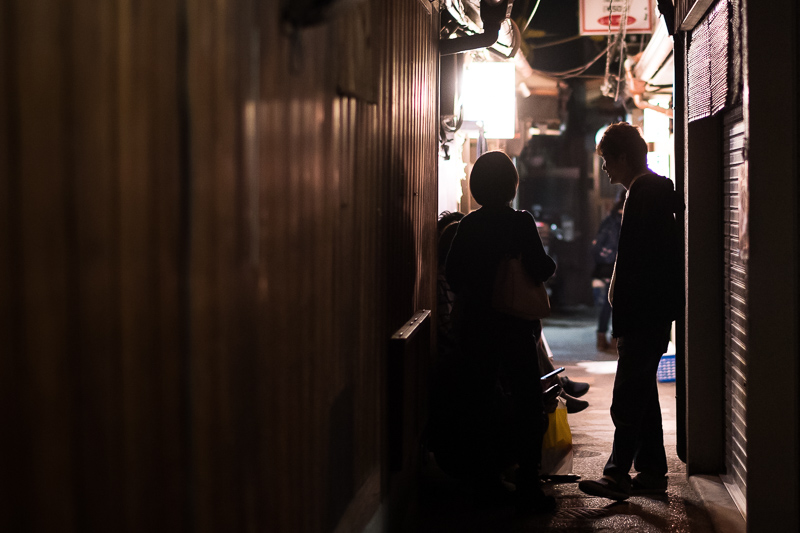
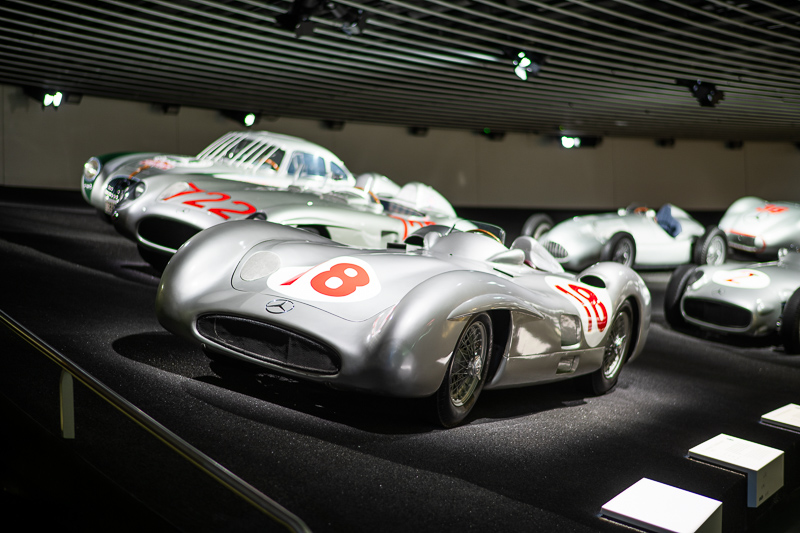
Like most lenses bokeh is less good at longer focus distances. At such distances – with a complex background under harsh lighting – you can also get busy and distracting bokeh:

The Nikon AF-S 58mm 1.4G is also not completely free of onion rings, but only in very few scenarios they were actually visible:
All in all, I think in most situations the Nikon AF-S 58mm 1.4G renders a smooth and pleasing bokeh.
Sunstars
The Nikon AF-S 58mm 1.4G features 9 rounded aperture blades which are not exactly perfectly aligned and also rounded at wider apertures. From f/1.4 to f/2.8 there are no real sunstars and they are still a bit fuzzy and frayed between f/4.0 and f/8.0. At f/11 and f/16 you get nice 18-stroke sunstars though.
If you want to know more about the sunstar rendering of different lenses have a look at this article.
You can also see the high amount of spherical aberration at f/1.4 very well here (big circle around point light sources with pink rim).
50% crops from center, A7rII
Chromatic aberration
lateral
100% crops from corner, A7rII
The correction of lateral CA is really good: there are only very minor lateral CA visible that are easily corrected either in camera (for Jpegs) or in a raw developer like Lightroom by one click.
longitudinal
Despite the high amount of spherical aberration (which usually helps to mask the longitudinal CA a bit) you can clearly see the green outlining behind and magenta outlining in front of the focal plane. This is slighty reduced at f/2.0 and greatly reduced at f/2.8.
Purple fringing is also pretty high and still not perfectly gone at f/2.8.
In very demanding scenes like the one below you can spot loCA even in smaller prints, a typical performance for one of Nikon’s f/1.4 AF-S-era lenses.
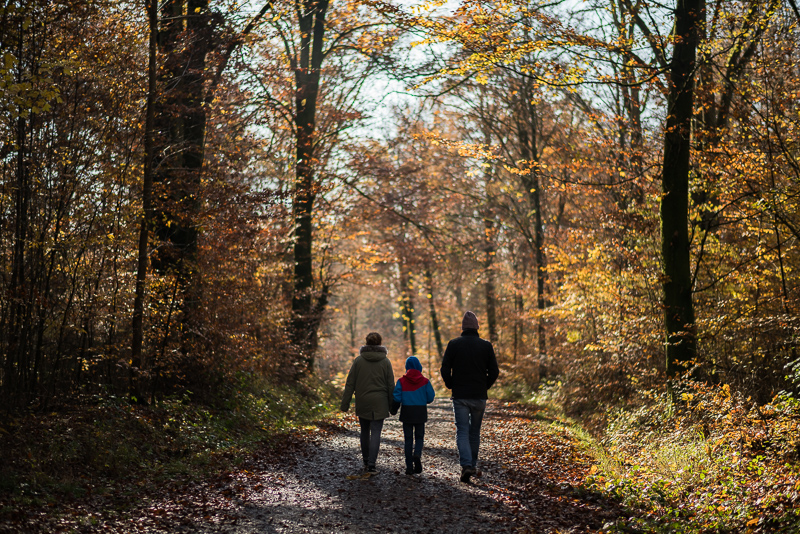
Conclusion
good
|
average
|
not good
|
The Nikon AF-S 58mm 1.4G actually shares one important aspect with the Voigtlander 50mm 1.2E and the Sony FE 85mm 1.4 GM: an undercorrection of spherical aberration at maximum aperture.
This reduces sharpness and contrast, but leads to a smoother, more pleasing blur which is what I (and many other) praised those two lenses for in the past.
So, if we consider these two lenses a success, why is this 58mm 1.4 often considered a complete failure? I see three possible reasons for this:
- Timing
The lens was released almost simultaneously with the Zeiss Otus 55mm 1.4 and a bit later the Sigma 50mm 1.4 Art followed. Both bigger and heavier retrofocus designs with higher resolution and contrast and better correction of most optical aberrations. - Price and build quality
The price was (and still is) simply too high compared to other high end “50s” and by no means reflected by the mediocre build quality. - Marketing
This I think is the most important one. A lens designer at Nikon (Haruo Sato to be precise) designed a portrait lens with extremely smooth and pleasing blur, but instead of using this as a sales pitch by showing the smooth transitions in comparison to other 50mm lenses someone decided to market it as a “Noct”-successor. Unfortunately the Noct 58mm 1.2 is famous for its coma correction and not for smooth bokeh rendering, so this 58mm 1.4 showing worse coma correction than the Noct obviously put everyone into astrophotography off. At the same time most of the wedding photographers (who rarely care about coma correction and astrophotography) were given no reason to get this lens over the much cheaper AF-S 50mm 1.4G by the marketing department.
In recent years we have seen quite a few modern lenses with a design optimized to yield a pleasant bokeh rendering over maximum sharpness: not only the aforementioned Voigtlander 50mm 1.2 E Nokton and Sony FE 85mm 1.4 GM, but also the latest Sigma primes 35mm 1.2 Art and 45mm 2.8 C.
So we might conclude, that in 2013 the Nikon AF-S 58mm 1.4G was actually ahead of its time.
This does not take away from some of the slip ups though: the high price, mediocre build quality, bad coma correction and high amount of longitundinal CA.
The Nikon AF-S 58mm 1.4G is an expensive low volume lens, just like the Noct Nikkor 58mm 1.2 before. So let us see whether it will also be a highly sought after, rare and expensive lens 20 years from now…
buy from Amazon.com | Amazon.de | B&H | ebay.com | ebay.de (affiliate links) for $1.599 (new) or $900 (used)
Alternatives
I will only talk about the obvious alternatives in the F-mount world here (and throw in the Canon EF 50mm 1.2L USM, as they are somewhat from the same era). You can find many more modern 50mm lenses covered in our 50mm guide.
Nikon AF-S 50mm 1.4G:
Nikon’s AF-S 50mm 1.4G featuers a very simple design without any special glass elements. It feels like a vintage lens from the 70s or 80s in a somewhat modern casing with AF. This 58mm lens is not necessarily sharper, but it creates significantly more pleasant rendering for portraits – unless you are looking for a vintage rendering, it that case the 50mm 1.4G might be for you.
buy from Amazon.com | Amazon.de | ebay.com | ebay.de | B&H (affiliate links) for $407 (new) or starting at $200 (used)
Sigma 50mm 1.4 EX:
Sigma was actually the first to produce a high quality 50mm lens for F-mount in 2004. This lens is noticeably wider and sharper at f/1.4, it does not create as smooth bokeh in some situations though and its HSM is more noisy.
buy from ebay.com | ebay.de for about $250/250€ (affiliate links)
Sigma 50mm 1.4 Art:
Very sharp, decently priced, a bit heavy and bulky, high contrast, bokeh not as smooth. Together with the Zeiss Otus 55mm 1.4 these kicked off the generation of retrofocus designs for ~50mm lenses.
buy from Amazon.com | Amazon.de | B&H for 849$ (affiliate links)
Canon EF 50mm 1.2L USM:
The Canon lens also creates a distinct look and while it isn’t necessarily sharper it does certainly create a busier out of focus rendering.
buy from Amazon.com | Amazon.de | B&H for 1269$ (affiliate links)
If you are also interested in manual focus lenses it might be worth having a look at my comparison of the Voigtländer 55mm 1.2 SL IIs, Voigtländer 58mm 1.4 SL IIs and Nikon Ai 55mm 1.2.
Sample Images
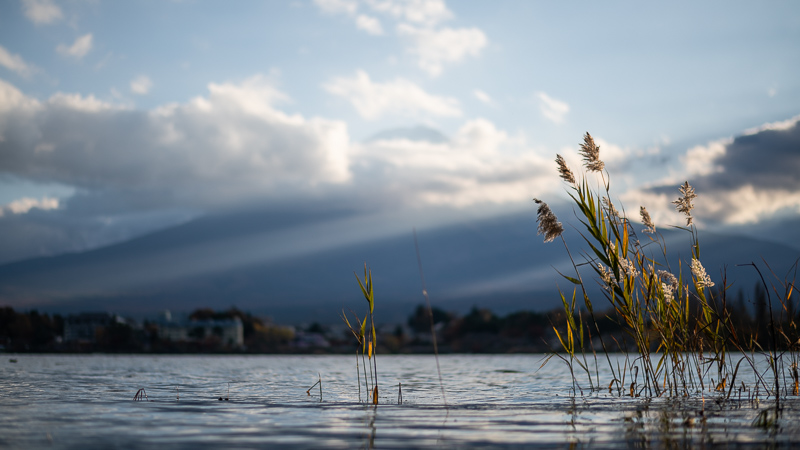
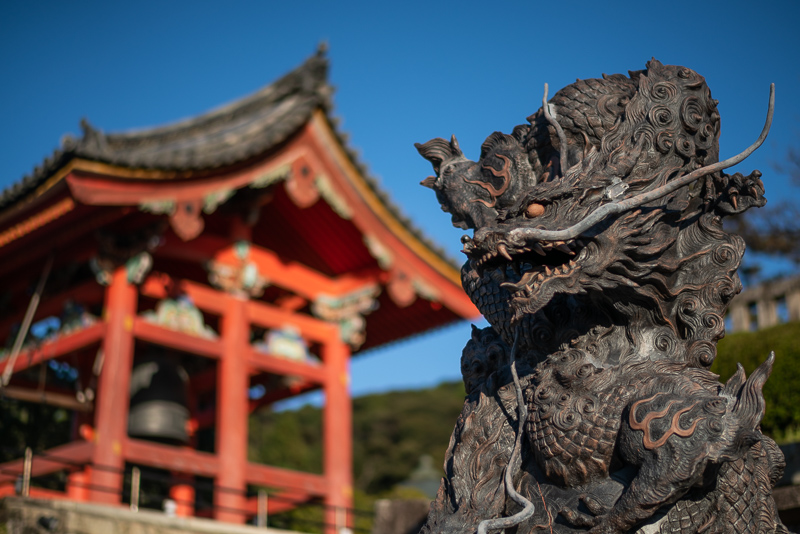
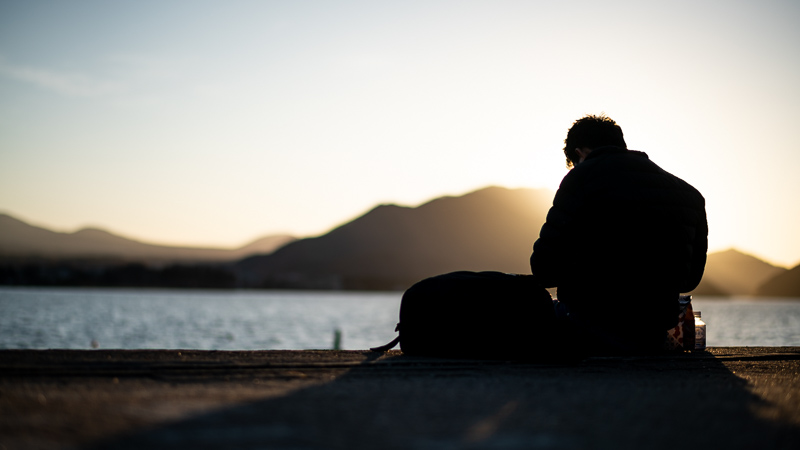

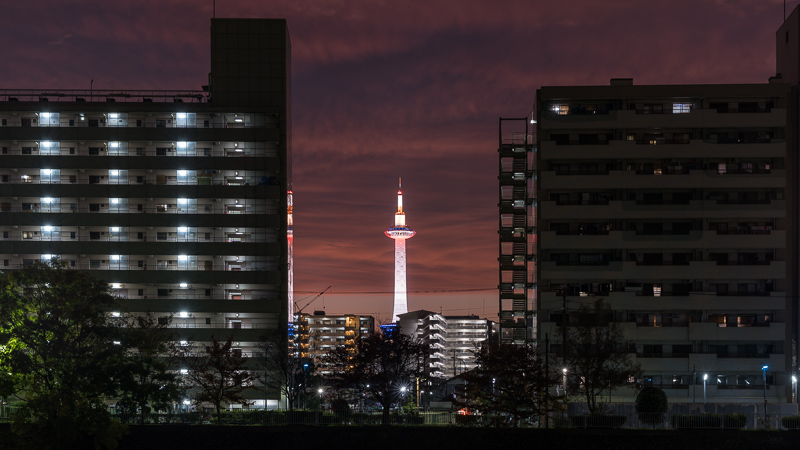
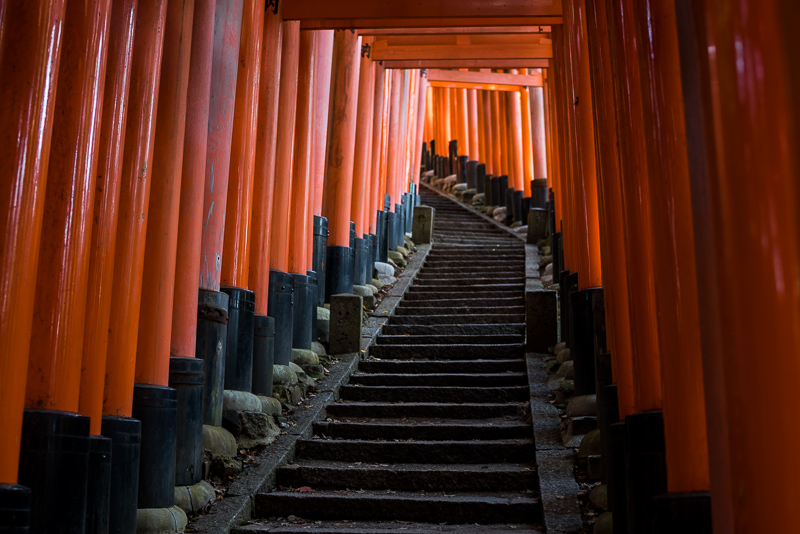
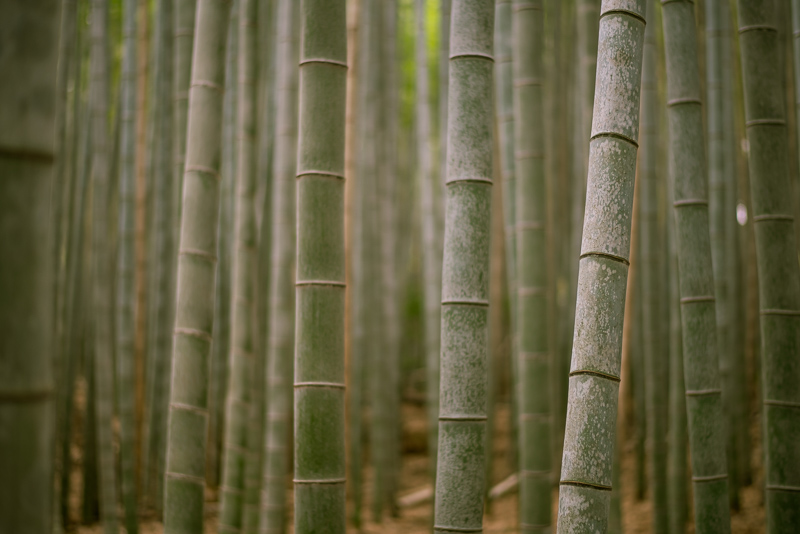
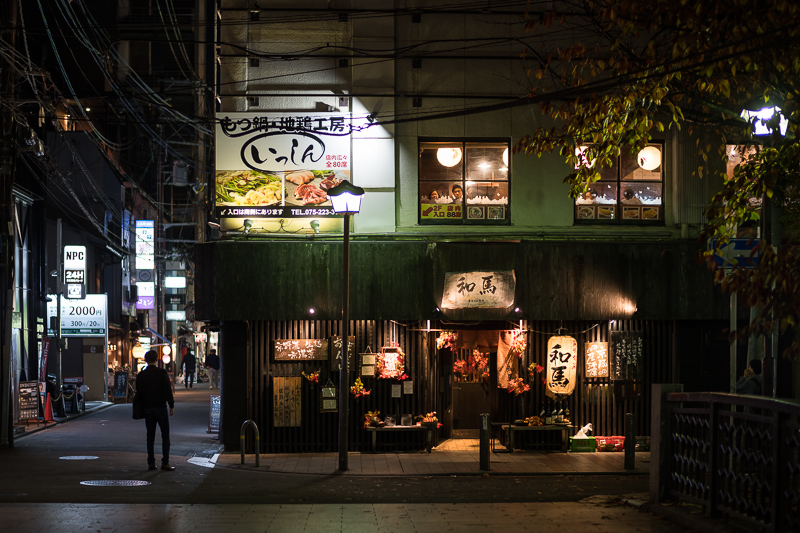
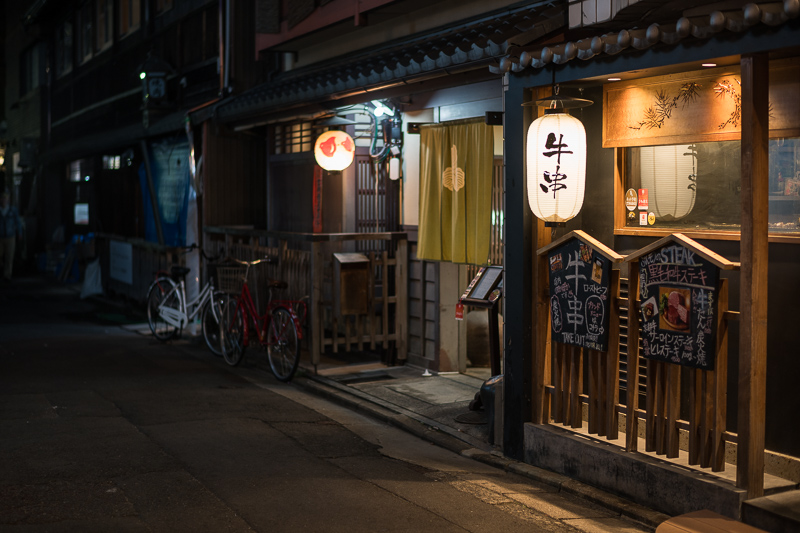
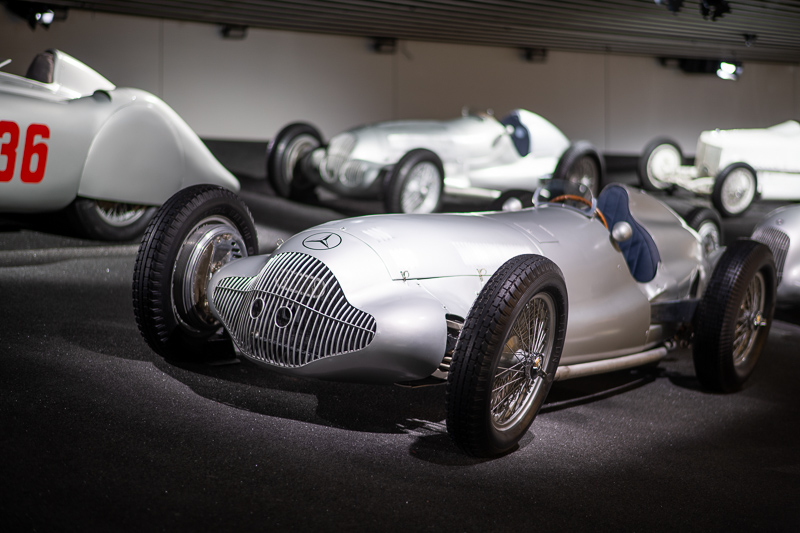

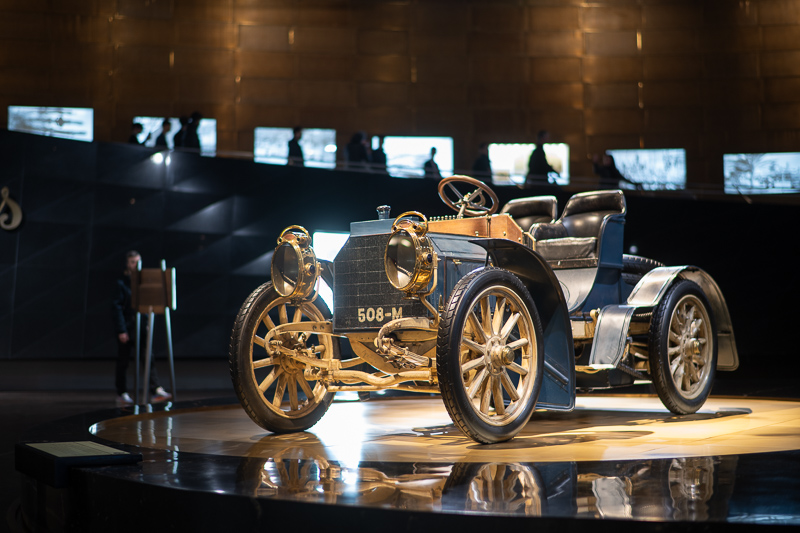
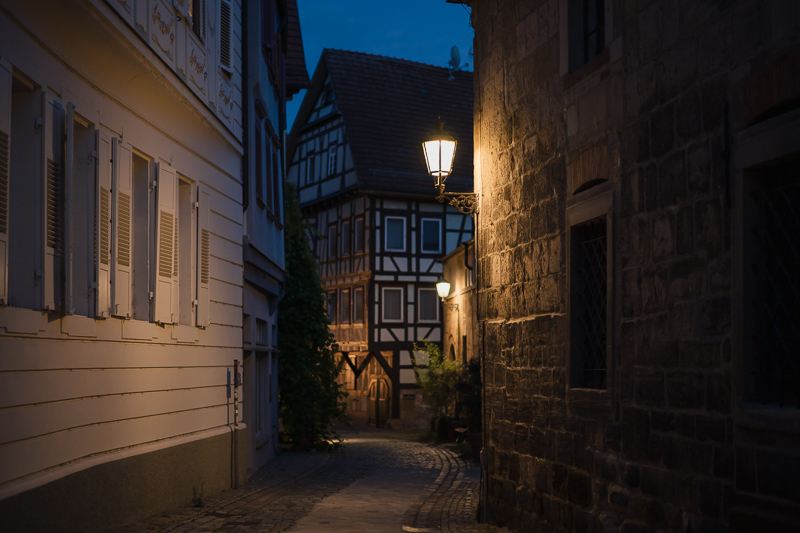
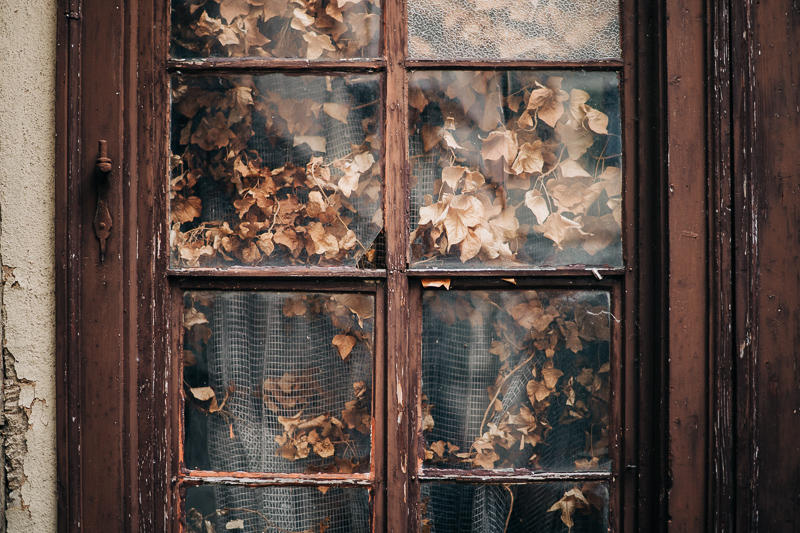
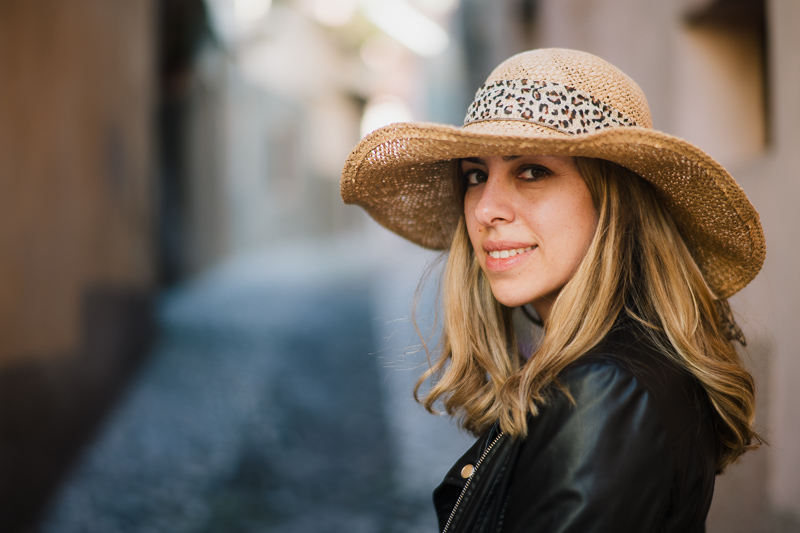
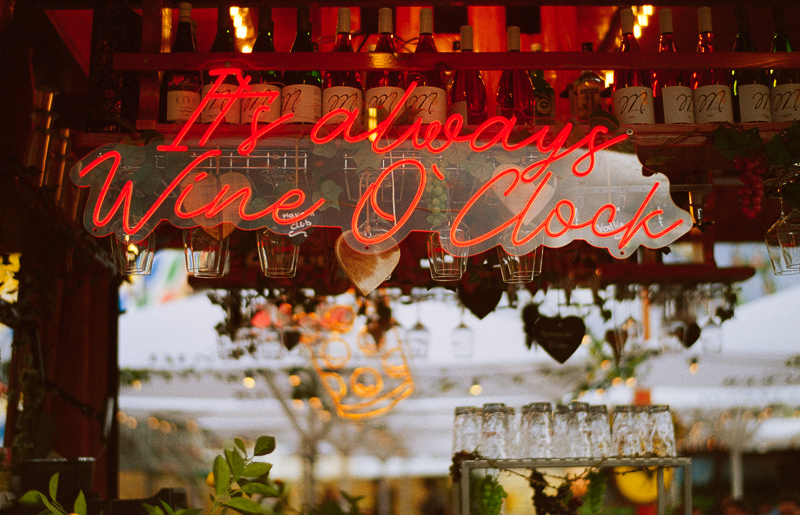

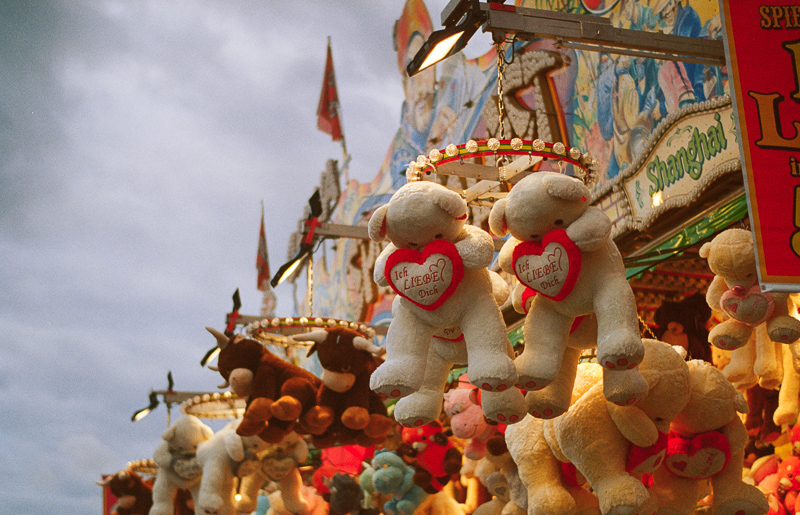

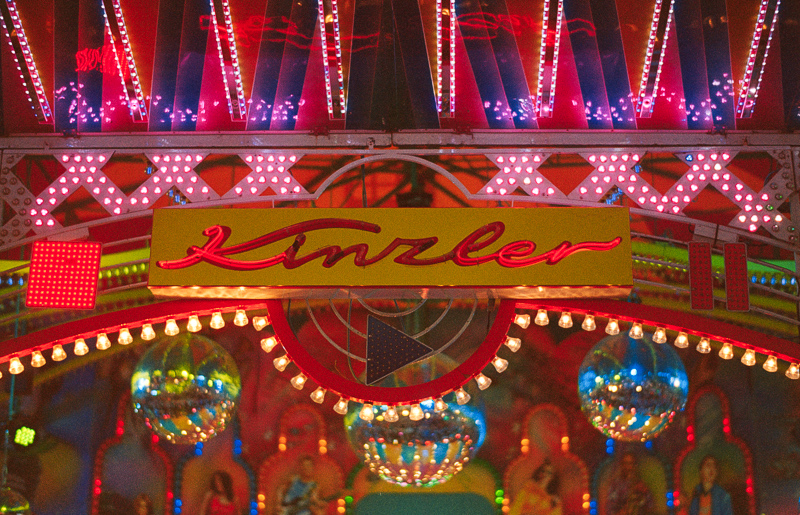


Most of the sample images in this review can be found in full resolution here.
Further Reading
- Sony FE lenses: Our comprehensive and independent guide
- Sony FE lenses: Our guide to portrait lenses from 85 to 135mm
- Review: Sony FE 85mm 1.4 GM
- Review: Sigma 35mm 1.2 Art
Support Us
Did you find this article useful or just liked reading it? Treat us to a coffee!
![]()
![]()
![]() via Paypal
via Paypal
This site contains affiliate links. If you make a purchase using any of the links marked as affiliate links, I may receive a small commission at no additional cost to you. This helps support the creation of future content.
Latest posts by BastianK (see all)
- Review: Nikon 50mm 1.8 Series E - November 12, 2025
- Review: Nikon AF-S 28mm 1.4 E - November 5, 2025
- Review: Sigma 135mm 1.4 Art DG – The actual Bokeh Master - October 25, 2025


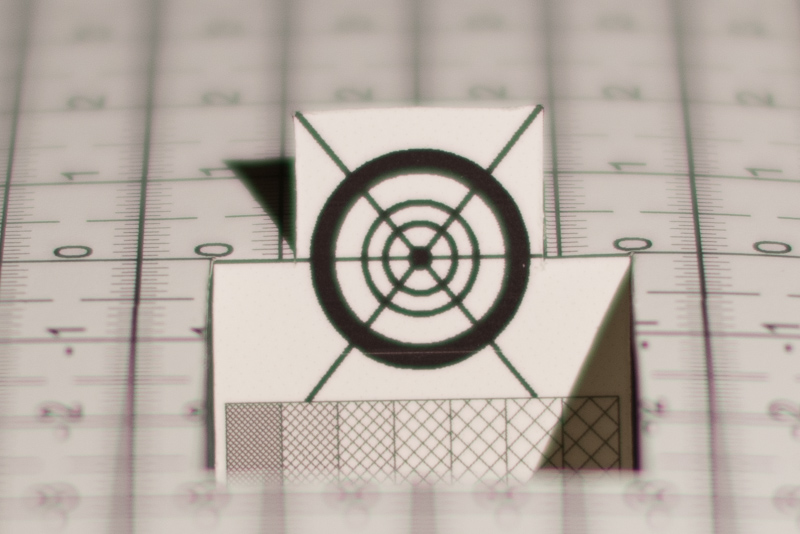
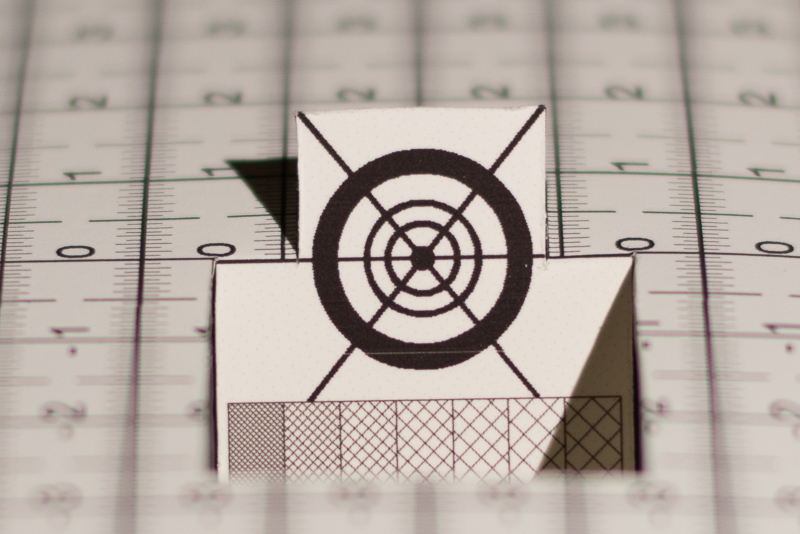
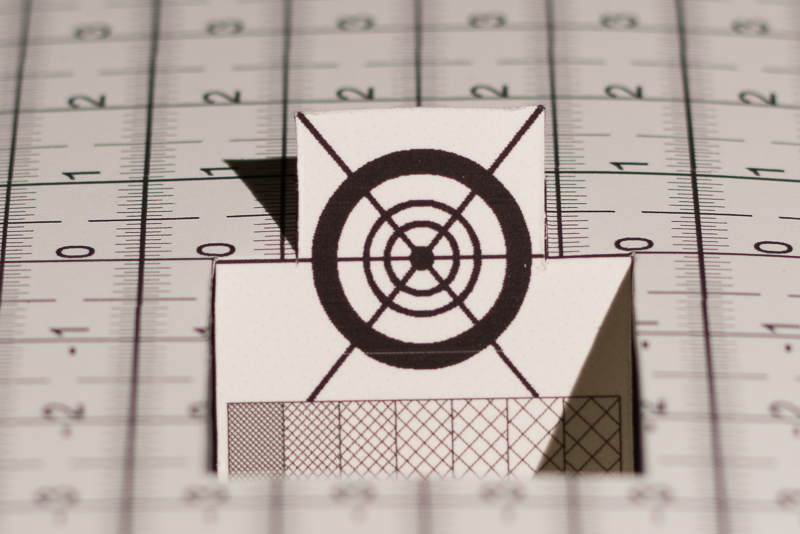

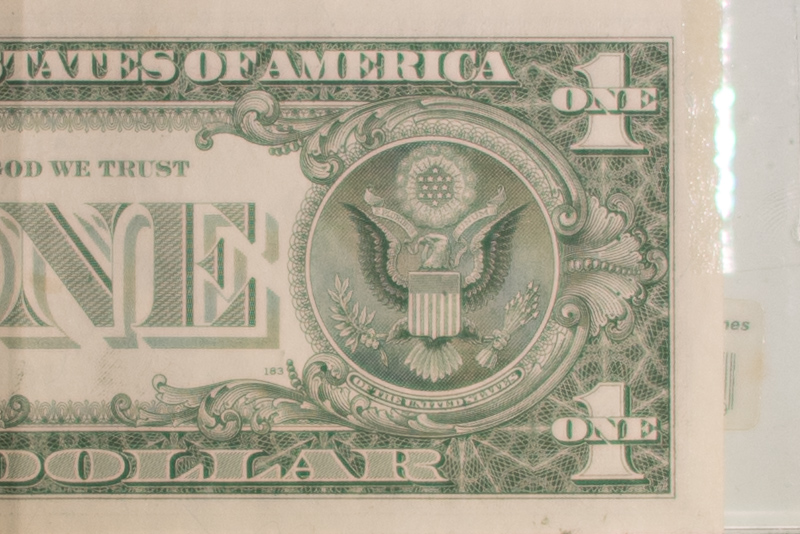
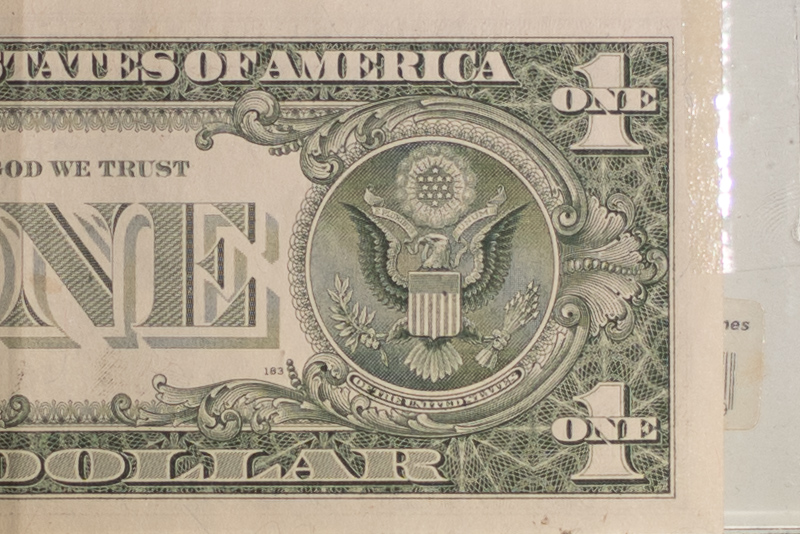
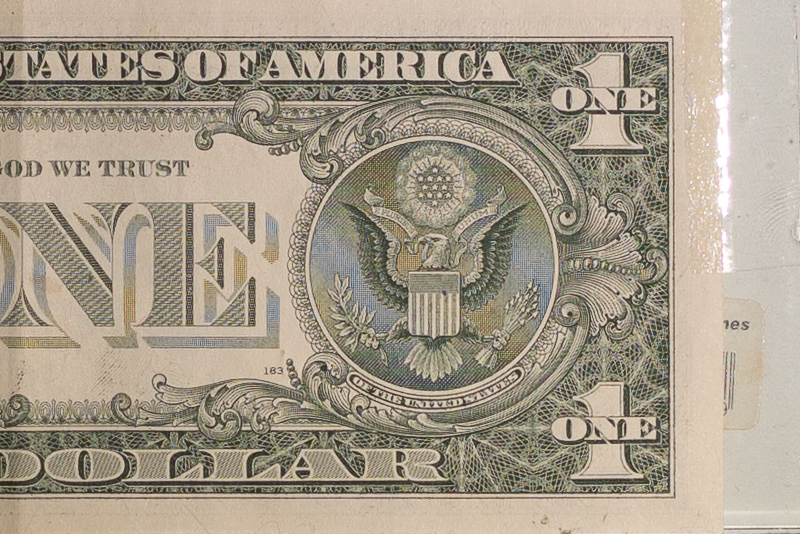
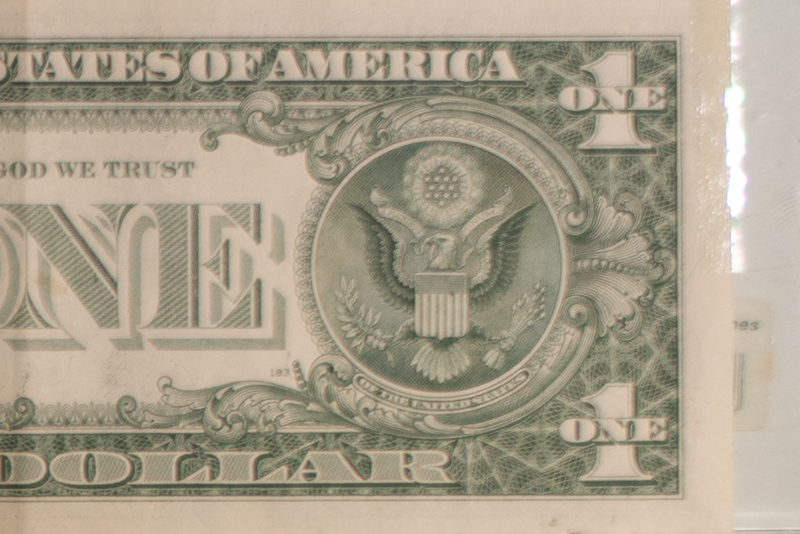


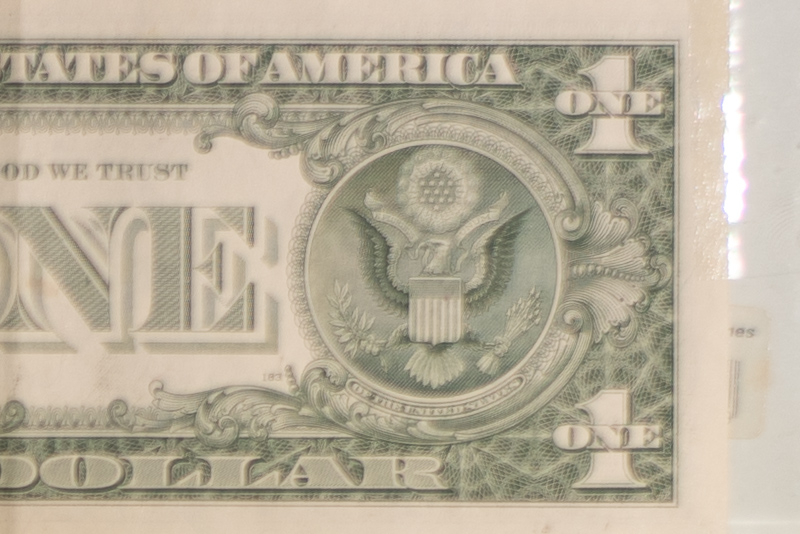
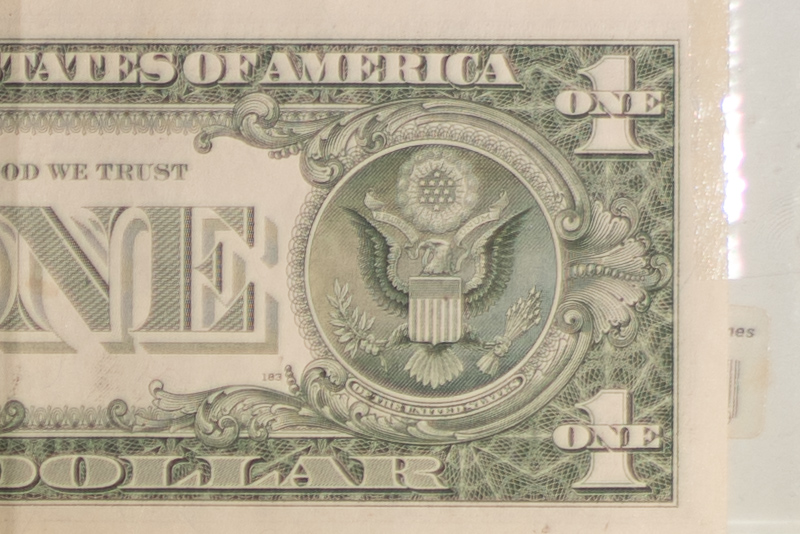

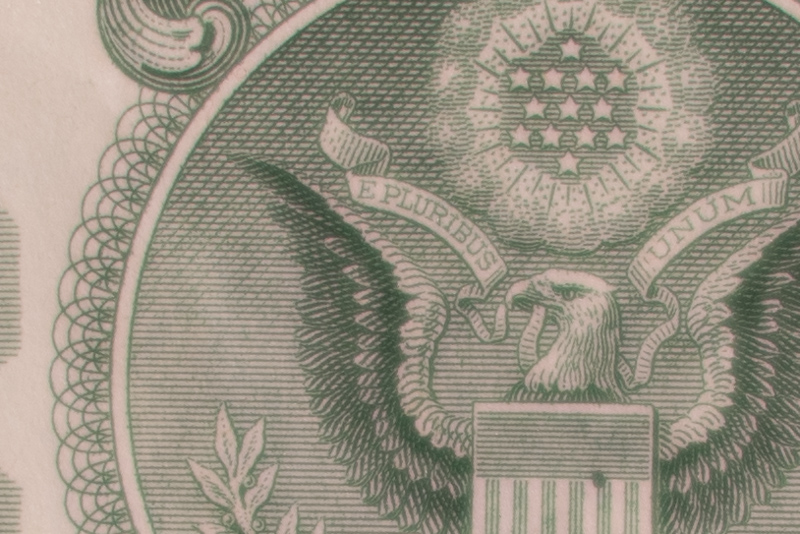

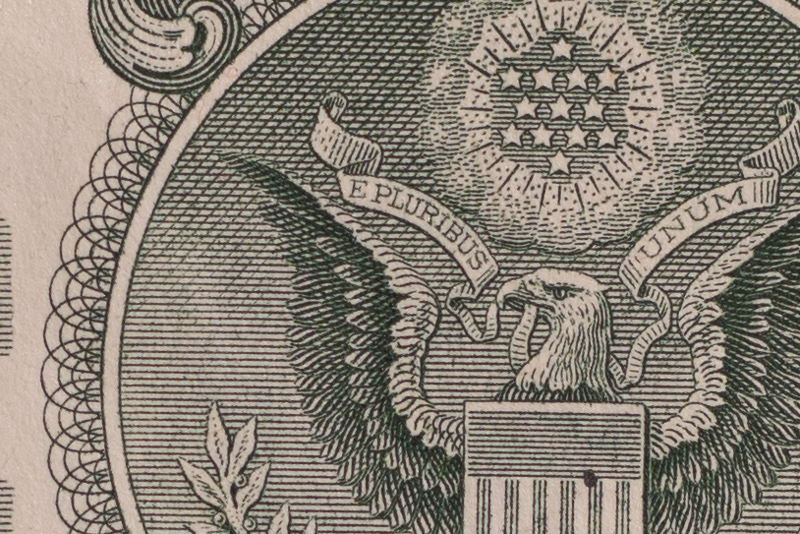

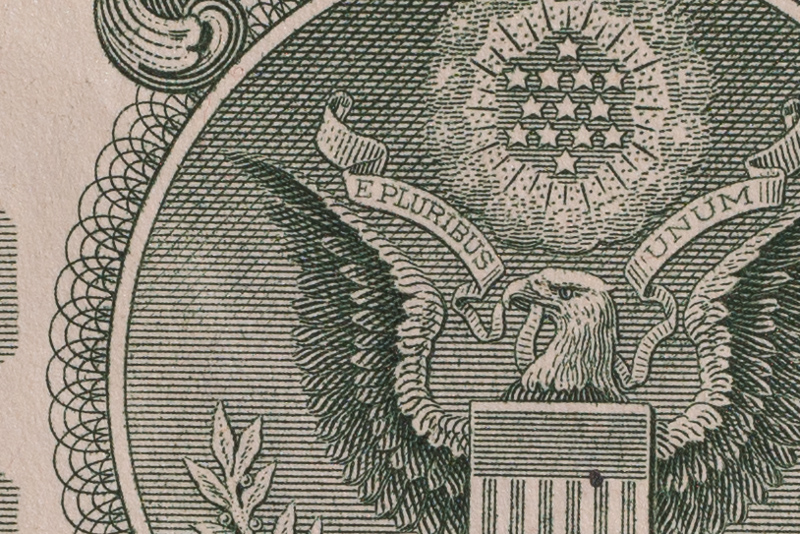

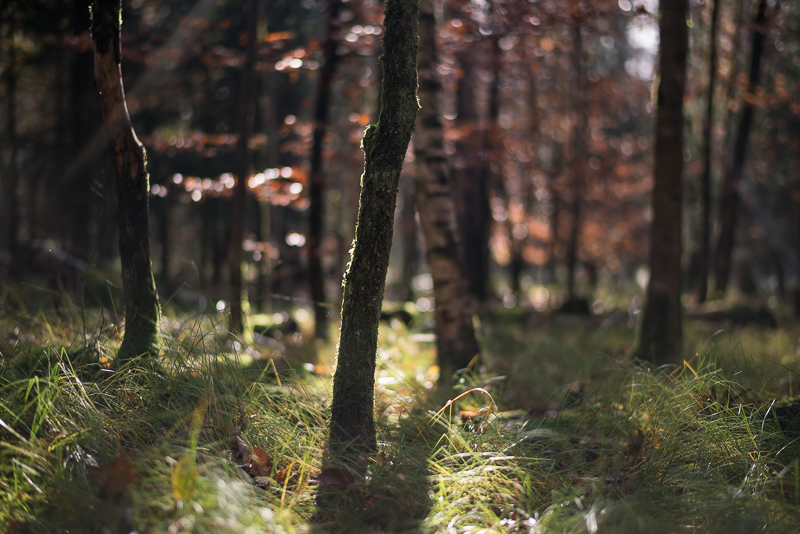


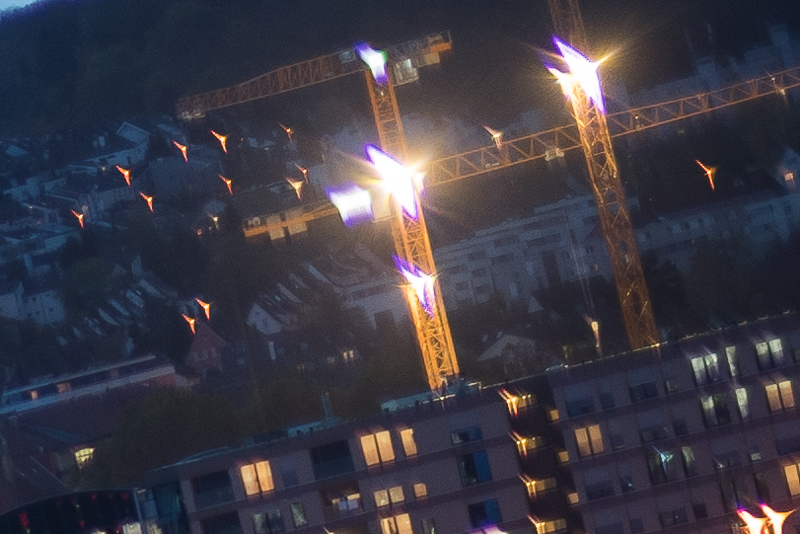
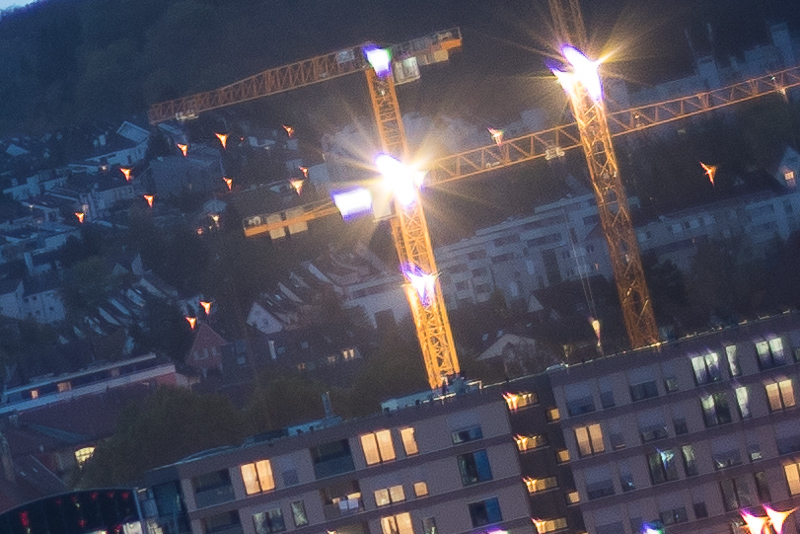
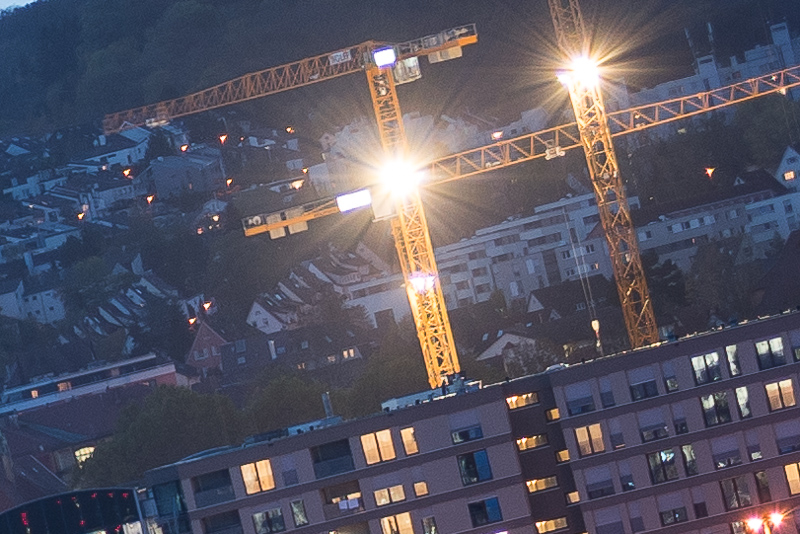
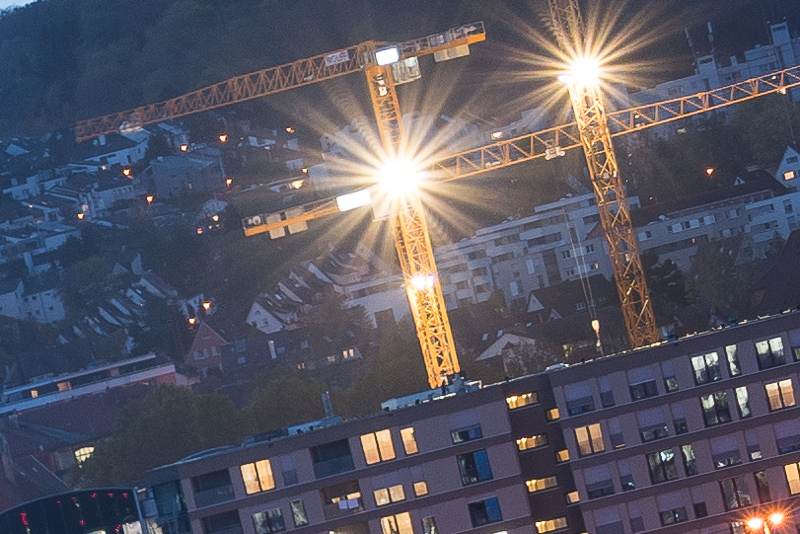

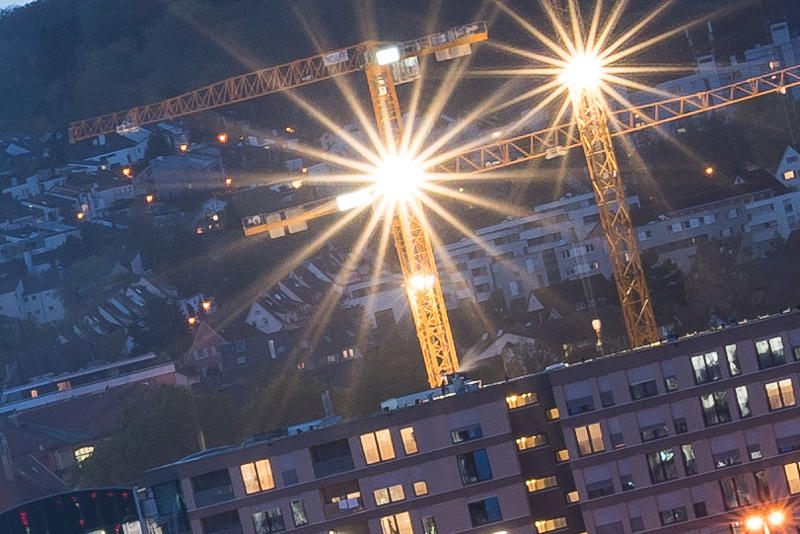
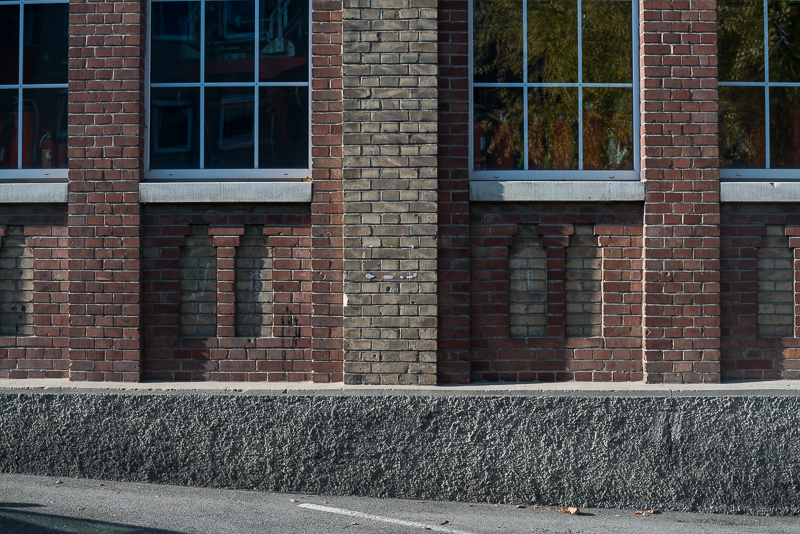
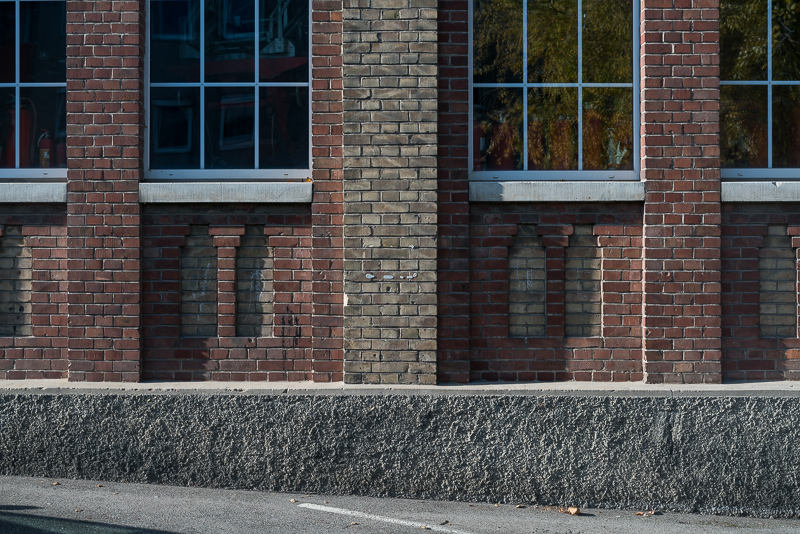
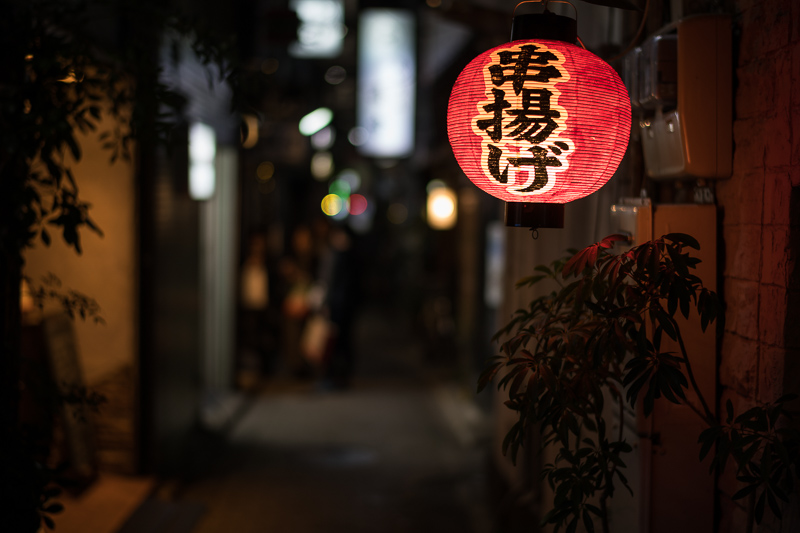
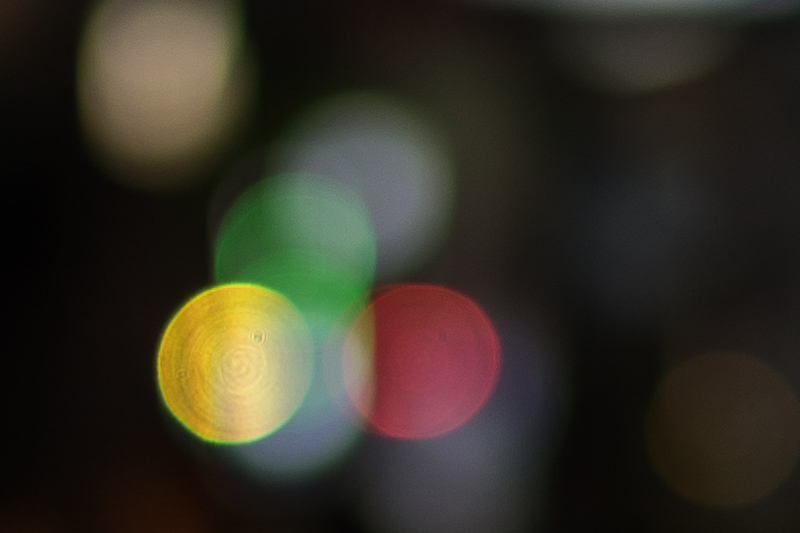
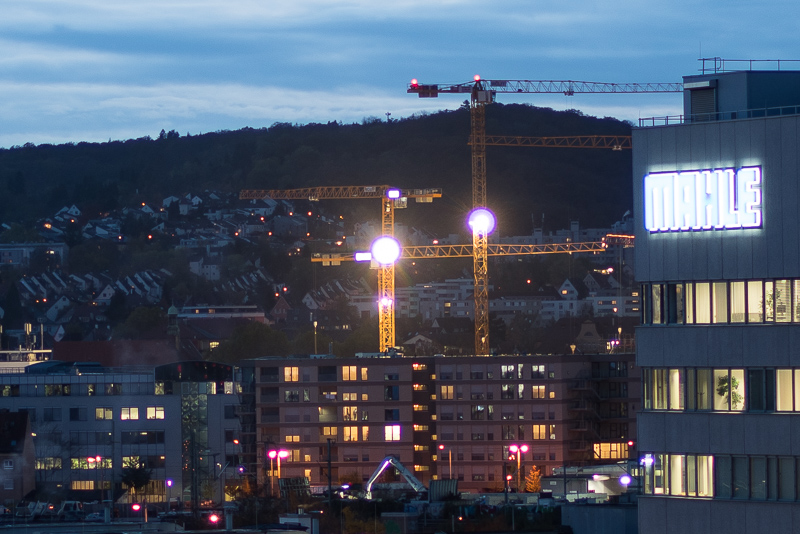


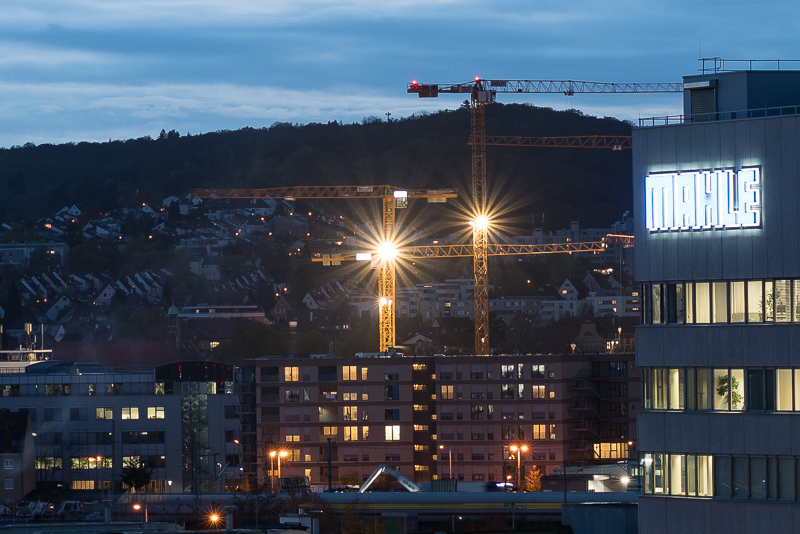

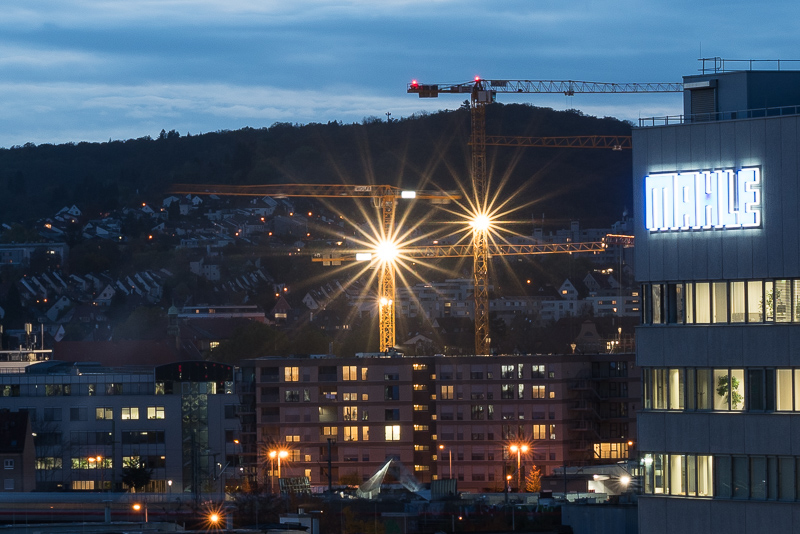
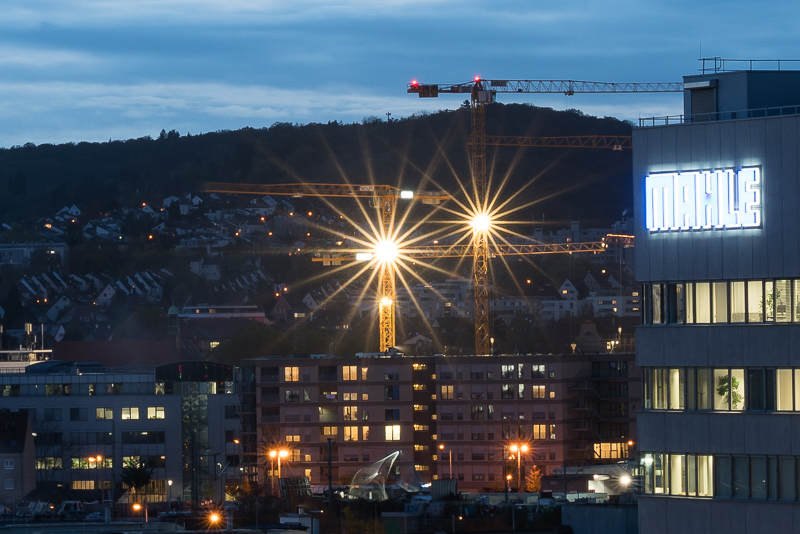
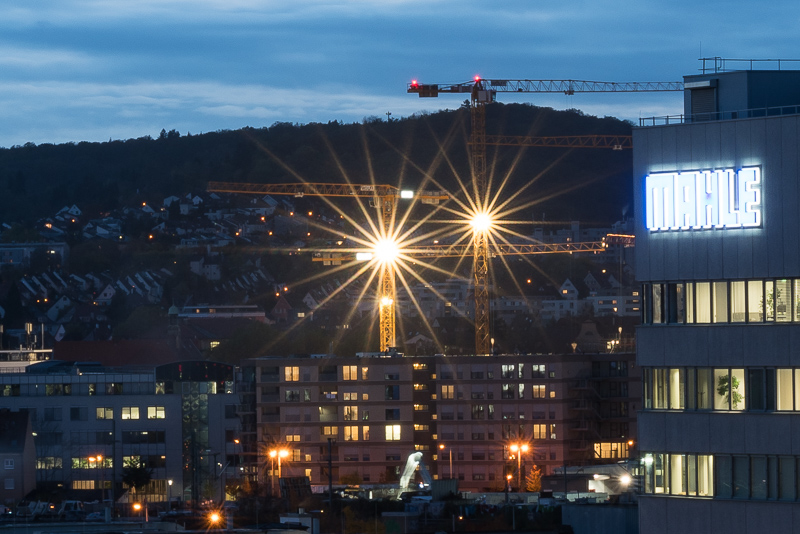

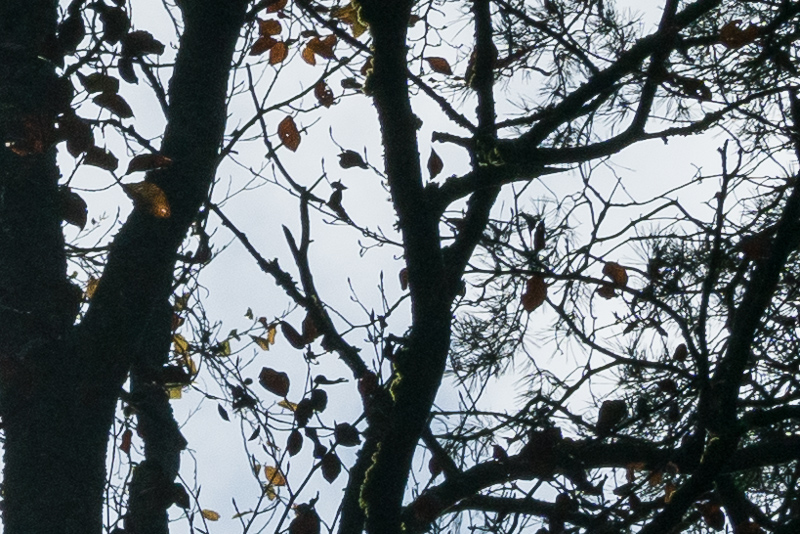

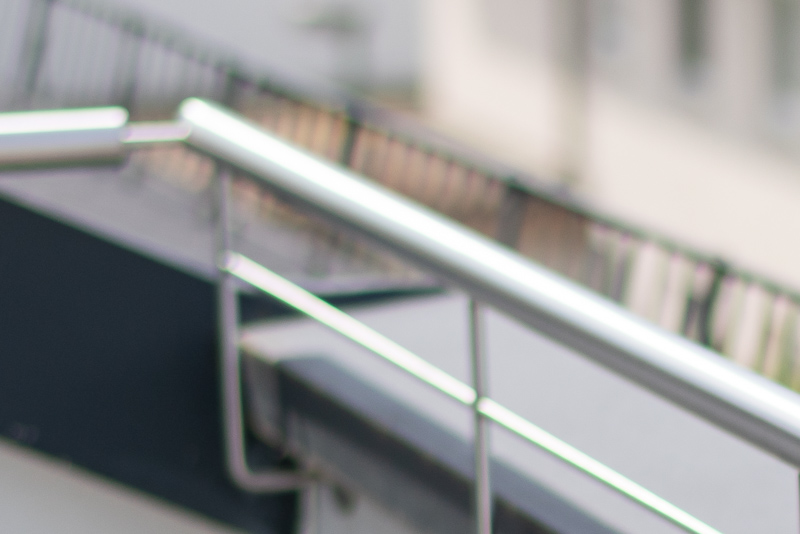

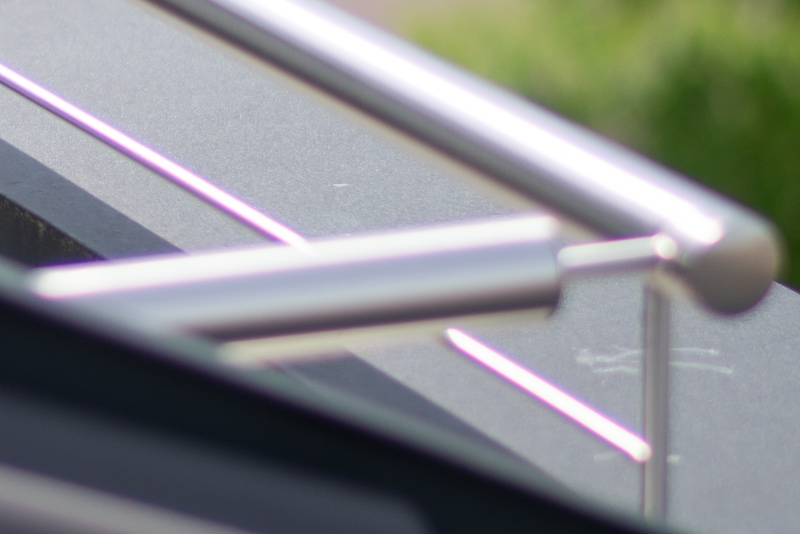
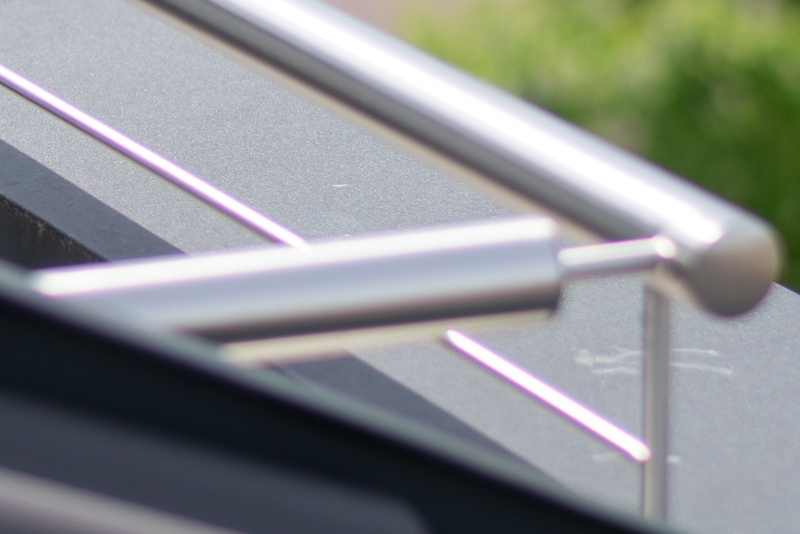
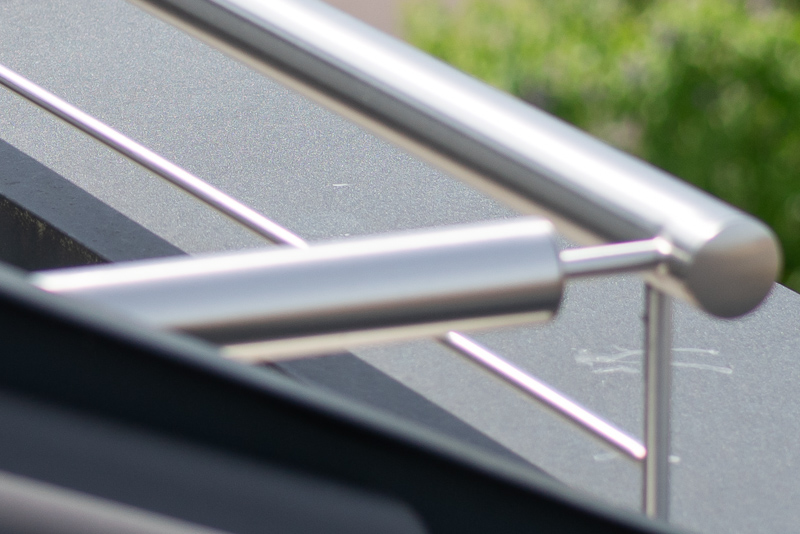
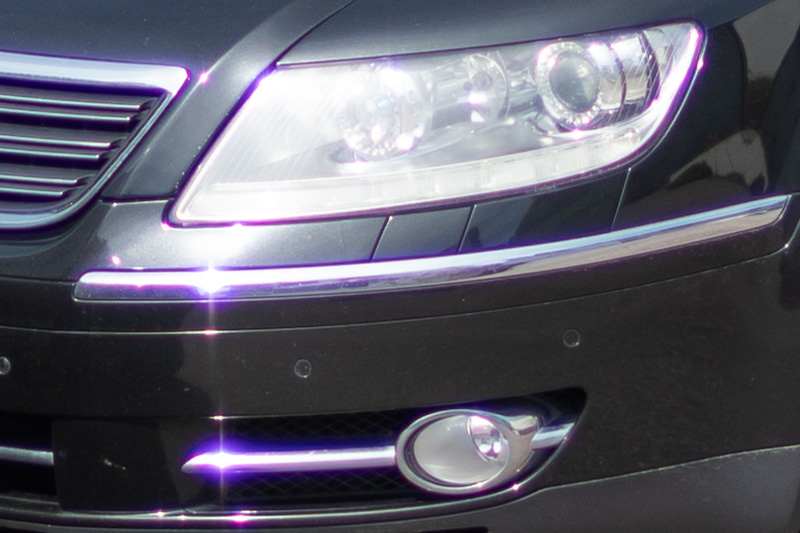

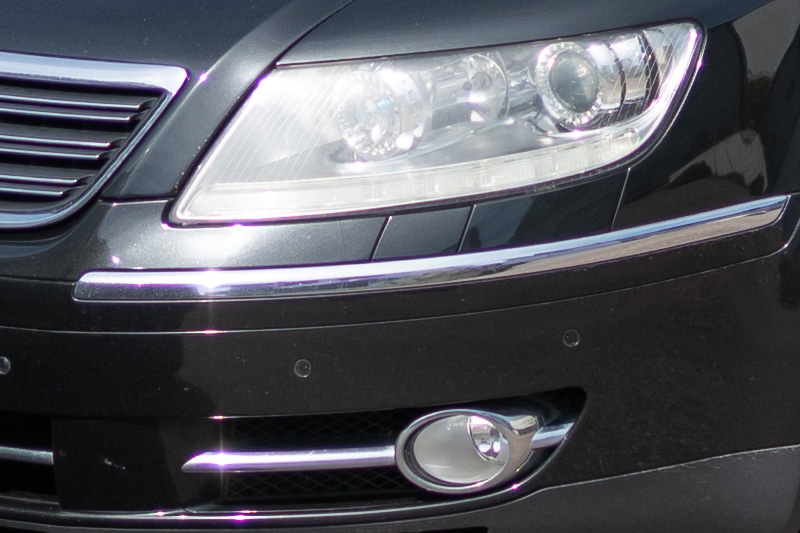
Nice review Bastian! I actually love this lens before I move from Nikon to Sony completely. This is my album on this lens:
https://www.flickr.com/photos/superxiang/albums/72157690974704546
To me, this lens offers the most pleasant bokeh among all 50s I have used. I tried Nokton 50 E and M mount but still find 58G is superior. I even considered staying with Z mount because of this lens. However, this lens is very pricey and also the long minimum focal distance is a pain.
Lovely images and superb bokeh examples.
I can see that this lens really has a lot to offer portrait photographers. Really doesn’t deserve its poor reputation.
Great review. It does seem overpriced with that build quality, but you’re paying for a look with this lens. One has to prioritize rendering over technical IQ, which I guess is adverse to many, but I don’t mind much.
I appreciate how you contextualized the 58G with the CV 50/1.2, 85GM and others. Illustrative samples as well. Thanks much!
Beautiful samples Bastian, certainly the bokeh rendition is something special but the price seems just ridiculous to me. Hoping one day one of you guys sees the light and gets a Nikon Z 😉 , I’d love to see how the less than half price (new!) 50mm 1.8 s compares to this one. Also patiently awaiting the CV 50 apo lanthar review.
So far there is no lens for Z-mount of interest to me, so I don’t see it happening any time soon.
In terms of build quality, usability and also rendering I greatly prefer the GM or Sigma Art DG DN lenses these days.
I purchased a Nikon Z camera solely for the purpose to use the Voigtlander 50mm f/1.2 VM because of the somewhat thinner filter stack that plays a bit more nicely with the lens compared with Sony’s thicker stack. Even today, Feb 7th 2023, in my opinion Nikon makes no lenses that are “interesting” enough for me to buy even though I have enough money to burn, even today, even after they released the f/1.2 lenses (50mm and 85mm), they just don’t render the character I look for (bokeh is too plain looking, and edgy), nor are the new Z lenses easy to carry around. Also for the Nikon Z, I use a Laowa 9mm 5.6 (works well on it) and a Tamron 70-200 2.8 G2 and Mitakon 50mm 0.95 II adapted. My second body is an A7III with Sigma 35mm f/1.2 (that adapts nicely to the Nikon Z with Megadap ETZ21), Tamron 35-150 f2-2.8, Sony 200-600+1.4TC, Sigma 24-70 2.8 DG DN, Tamron 70-300. Honestly, all of the lenses can be adapted between the Nikon Z and the Sony bodies with various adapters, and I see no reason to be buying Nikon Z’s lenses that will only ever work on a Z body because of the flange distance. I do like how Nikon Z cameras “boot up” much faster than the A7III and seem more responsive and designed in a more refined way for photographers, but eventually Sony will make a great body that I will love I am sure… to me, it is THE LENSES THAT SHOULD GOVERN YOUR CAMERA SYSTEM PURCHASES, NOT THE BODIES. LENSES ARE THE MOST IMPORTANT THING.
my response above is meant more for Ray Li 🙂
You forgot one important factor: the look of the camera 🙂
I am trying hard but I cannot like the Nikon Z or Canon RF bodies…
Come on guys send out a samyang 50mm 1.4 FE to Bastian ! we need to see how it does against the 58G and CV 1.2 !
Fair point; I lust for CV to put out some lenses for Z mount, sigma too. It’s getting harder and harder to not just purchase an E-Z adapter. Keep up the good work!
I actually bought a D750 because they’re so cheap now. I’m mostly using cheap D lenses though and as nice as the rendering is on this lens I could never afford it. I’ll probably stick with the D750 until A7iii prices start regularly dropping below $1k. Then I’ll sell and switch back to Sony.
Lovely pictures. I like the 58mm look and would have to agree that this lens does portraits really well.
Finally you came to Japan. Welcome!!
Thank you for this review. It would be nice to see your review of EF50/1.2L some day, as it’s become quite affordable in used state, like many other L-class lenses.
That is quite true and also on the list of lenses I would be interested in reviewing.
The option to use AF with it will also be beneficial for many.
Is this Nikon 58/1.4 a MF-only on Sony? I haven’t found a deliberate mention of this in review.
Have a look at this article, which is also linked in the review.
So unless you are using that Commlite adapter it is MF only, yes.
Thank you for the review. It’s very detailed and interesting.
I own a legacy Nikon 50mm f1.4 and it has similar drawbacks, it’s soft at f1.4 and the bokeh is busy with complex backgrounds like foliage. It looks like this lens is an evolution of design of legacy Nikon lenses.
Great review. It shows what the lens does, without any fantasy or expectation, but then builds on some ideas. After quick research, Nikon is still pitching the lens as very sharp wide open. I think Nikkon marketing department has little clue what they are doing. This is a soft lens wide open with loss of contrast, sharpness and strong vignetting, and weak in the corners even stopped down. It is a perfect lens for dreamy images, flattering portraits, appearance of 3D in objects closer to the lens under very smooth backgrounds. This lens is somewhat the cousin of the C/Y f2 28mm “Hollywood”. It features a clearly curved feel that enhances the depth sense on rounded subjects or any subject (not at infinity) that has a shape like the curved field. And if the object is the opposite, it gives a sense of being even faster than f1.4.
This lens will deliver joy and happiness only in the right hands, should always use a hood (which I admit the one provided looks so cheap), and the person using needs to become comfortable with it.
On the other hand, the amount of aberrations is also a bit staggering. It should not be used much with harsh light ideally, nor for landscape.
And indeed, seems overpriced…but only if you don’t need what it does. It’s smooth bokeh and curved field remind me of the C/Y Distagon f2 28mm (which has much less aberrations anyway, but curved field, aberration and some CA are still there).
I think the sample images provided make a great case for the lens. Bastiak does the right thing, and in the month he had the lens, captured very beautiful imagery.
One need only look at the 58G image thread at Fred Miranda to see that it is capable of delivering amazingly beautiful imagery when used within it’s sweet spot by those who’ve learned how and when to apply this lens. Page after page of lovely pics in that thread. Your sample images at the end of the review are really beautiful as well and demonstrate the strengths of the lens. I’ve got the Sigma 45 2.8, which shares some characteristics with this lens and fortunately is light enough to the throw in the bag in addition to another complementary lens in same focal range.
Its price is also somewhat more reasonable 🙂
Excellent review and absolutly superb pictures!…
We have here a bokey monster (although always a bit warry to compare 58mm with 50 mm as bokey is a bit influenced by focal lens).
One alternative lens comes to mind: Minolta MC 58 mm 1.2 who has a similar bokey reputation and it would be nice to see the main differences between the 2 lenses who “fight” in the same category (althoug, obviously separated by almost 50 years…).
Beyond the picture quality, one can note
– Better mechanical/built for the Minolta
– Lower weight for Nikon
– Better coating for Nikon
– Better price for Minolta
Maybe Philip can give his take on this
Vom subjektiven Bildeindruck her erinnert es ziemlich an ähnliche Linsen aus etwa 1970, wie das Minolta MC 1.4/58 Berg und Tal.
Sicher ist das Nikon nach objektiven Messwerten etwas besser und moderner, aber so eine Linse kauft man ja eh nicht wegen Schärfe und Kontrast.
Mechanisch ist das Minolta klar besser, auch nach 50 Jahren im Einsatz.
Und man kriegt für den Preis des Nikon etwa 15 bis 20 Minoltas.
Ziemlich einfache Entscheidung…
Dennoch würde ich gerne mal Resultate von beiden Linsen nebeneinander sehen.
Ich sehe ehrlich gesagt wenig Parallelen in der Abbildung. Das Minolta ist offen nicht annähernd so ruhig.
The main problem with this lens was the lack of denotation of specialized construction for portraiture, especially for matrimonialists. The cost is not excessive considering the optical complexity, but without a “soft specification” in the plate data, from the beginning many review experts exchanged it for an AF substitute of the Nikkor NOCT 58mm F1,2 confusing the ideas to many. A clear naivety of Nikon …
Asking myself if a Kolari UT modified Z6, this lens could be usable or thin sensor stack will detriorate the performance of the 58mm AF-S G, or maybe improve corners a bit?
Thank you
I don’t expect a big difference. As the 58mm is designed for DSLRs there are not that steep ray angles to deal with in the first place.
This was a fast and appreciated answer, Sir.
What a great review! Thank you for this!
You are welcome!
Oh, you updated this review with Nikon Zf. How do you feel the focus accuracy was with this body compared to Sony + Monster Adapter?
Looks same to me. Either is much better than Dslrs.
Sounds great! What made you buy the 58mm again in 2024? Actually is is my alltime fav lens for rendering but Nikon Z has no good 35mm to offer sadly which is why I am staying with Sony for now.
As I have a son now I was looking for a set of AF lenses.
I chose to buy F-mount lenses as these have a very good price/performance ratio now and I like their bokeh rendering more than that of some newer AF lenses.